The Real Deal
Authenticity is a rare commodity. The world is full of fakes and phonies. The undisputed capital of the planet when it comes to fakery, “the unreal”, manufactured reality is Tinseltown (aka Hollywood). “The Dreamweavers” have prided themselves on their ability to sell sows ears as silk purses. They delight in fooling the eye, the ear and consequently the minds of millions. Knowing this, one would not be penalized for assuming everyone there and everything about Hollywood is false facades, micron thick, gold plated jewelry, snake oil and pot metal flim flam… But, as in all generalities, there are exceptions that break the rule…
Foraker, Oklahoma
In July of 2013, I made a Fun Flight to Pawhuska, Oklahoma. On the return flight from “The White Haired One“, after a long stretch of seemingly endless prairie, I spied a town (village would be more accurate) like none I had seen before. I passed by at about 300′ AGL and could see no one stirring, no store, no gas station, no school, just a collection of family dwellings and a nicely kept Church. I decided I should probably visit this village sometime. After doing some research, I discovered the name of this town was Foraker. This was the surname of a famous Ohio Senator of the era. That fact in itself was interesting but not compelling. What closed the deal for me was discovering that Rodeo Champion and Oscar-Winning Actor Ben Johnson grew up on a ranch just outside Foraker.
Ben Johnson was The Real Deal. Awarded the Professional Rodeo Cowboys Association‘s Team Roping World Champion Belt Buckle in 1953, he was inducted into the PRCA Pro Rodeo Hall of Fame in 1979. Ben grew up on the range with horses and cattle and knew them as well as any cowboy ever did. His Dad, Ben Johnson Sr. was a noted Osage County Rancher and Rodeo Champion. So Ben Jr. was a chip off the block. In 1943 1939, Ben was brought to Hollywood to work horses for Howard Hughes during Howard’s Film Making phase. For years Ben took care of the horses and then later got into some stunt and “stand in” work.
(CORRECTION 16 Oct 13: An Eagle Eye Award goes to Paula Vitaris, author of The Web’s definitive Ben Johnson Fan Blog. Using many validating sources, she informed me Ben first went to Hollywood in 1939 – not 1943. Thanks, Paula!)
The story of Ben’s “discovery” is as good as any movie script. The short of it is that after Ben made a dramatic on-set rescue of a wagon of actors who’s team of horses stampeded, Director John Ford gave him his first speaking role. The camera loved Big Ben (“Son”) – as did his fans. More HERE.

Used by permission of The Oklahoma Historical Society
The Old West
A large part of the fascination I have with flying to small towns in Kansas and Oklahoma is the ability to step back in time these places permit. I grew up watching Cowboy Movies and TV Shows. They taught us right and wrong. They were fundamentally “un-self-conscious” in defining how a man should conduct himself. They provided positive, uplifting role models for young men that have been sadly eliminated since The 60’s Leftist Takeover of Hollywood and Madison Avenue.
There is only so much a screenwriter can bring to a story. The bulk of a good story teller’s art is incorporating in his story what is fundamental to a place – revealing its heart. As a Film Director, The Great John Ford gave us panoramic visions of The West’s Great Majesty. He knew how to use the grandeur of the landscape to reveal the greatness of the men in his movies. While reading about Ford’s discovery of Ben Johnson, it was obvious to me his perception for landscape was also in full force when choosing talent for his films. With Ben Johnson, he saw standing in front of him The Old West Incarnate. While John Wayne and others were actors who learned to play Cowboys, Ben was a Consumate Cowboy who learned how to act. I decided I must visit the area that produced this Icon of America’s Golden Age.
Red Sky At Morning
The old weather homily entered my mind as moments after takeoff I snapped these next two shots of the rising sun. I actually took about six more but rather than overwhelm you with all of them, I am reining myself in to present the best of the group. Unfortunately this would be the last time I would see Ole Sol until the end of the flight.
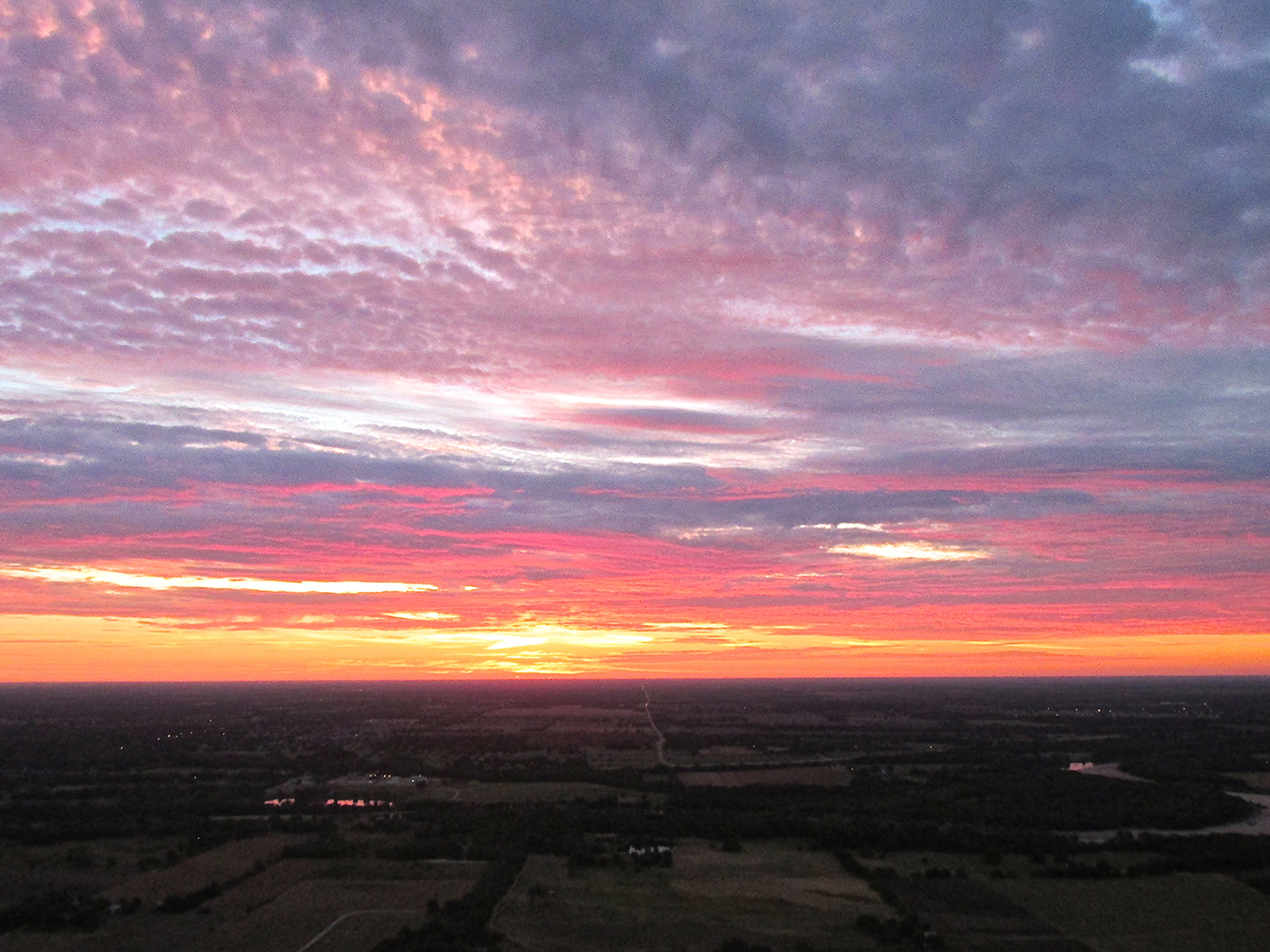
From 600′ AGL. Derby, Kansas to the left, Mulvane, Kansas to the right and The Arkansas River are in the foreground.
“Flat Lighting”
I flew on for about 20 minutes not being able to take pictures. There was plenty to see but the scene below was just not lit well enough to work for me. If you want to be a decent cameraman, you learn to see what the camera “sees”. Even as high as their resolution is getting, cameras still don’t have the resolving power of the human eye. This would probably be better stated as “the human vision system” rather than the eye itself. Bicameral vision enters into the equation as well as cognition but without getting way off track, suffice to say one has to make allowances for photography that engages the viewer. In a controlled setting, such as a studio or inside a building, we enhance photography through the use of artistic lighting. In an “un-controlled” setting such as when The Sky Surfer wanders the sky looking below for targets of opportunity – he gets what he gets. That day the landscape below suffered from “flat lighting” which basically means the light is diffuse and of fairly low intensity. The problem with this type of illumination is that it does not produce a well defined image. Most of the day for my Flight to Foraker was in flat lighting.
My path took me to the West Side of Winfield, Kansas.

Approaching the Winfield, Kansas Fair Grounds from 1,000′ AGL looking South.
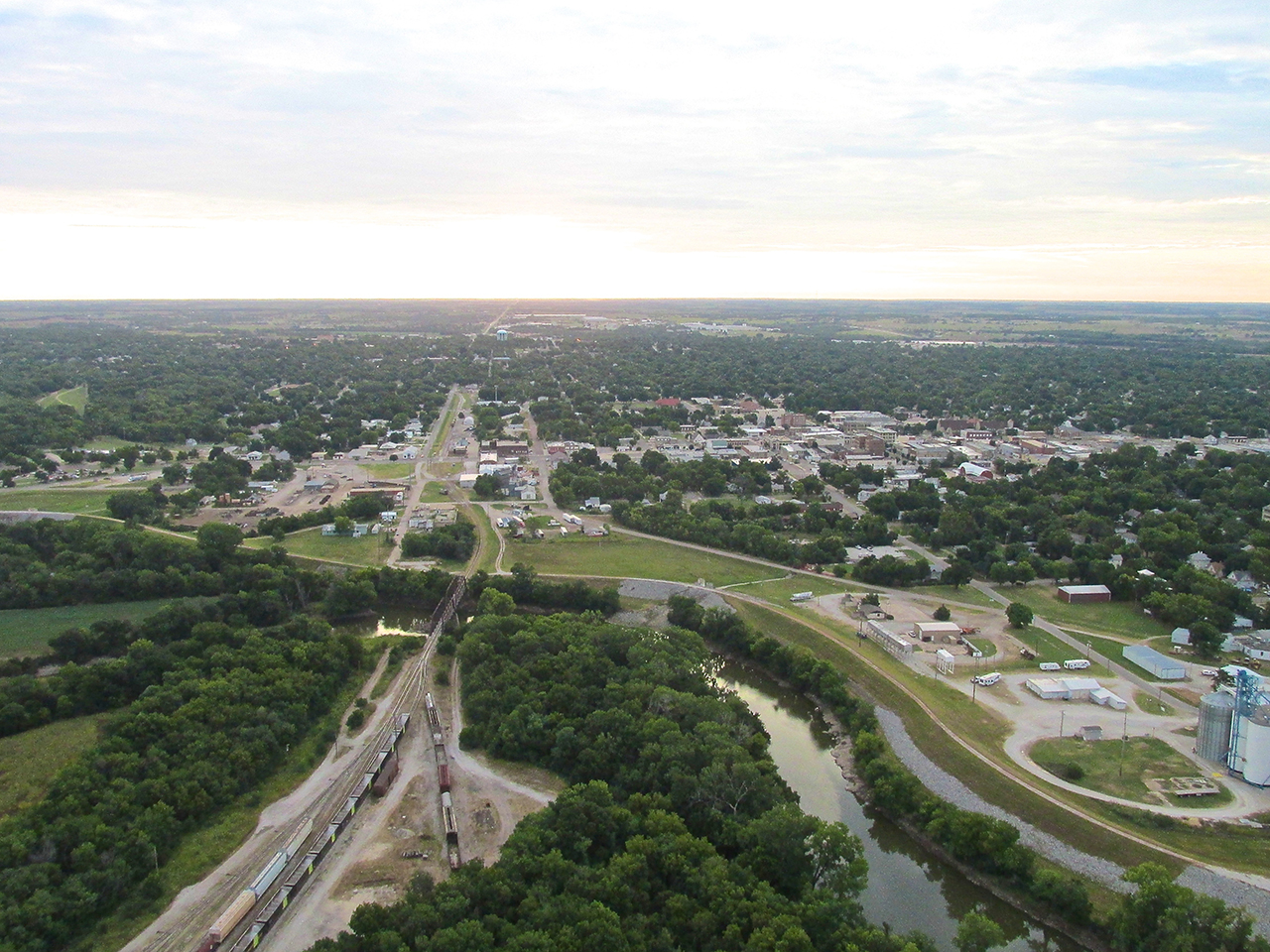
Winfield, Kansas from 1,000′ AGL looking East.

A while after leaving the Winfield environs I was out on The Prairie. I saw this stone quarry I have passed before.
Approaching A Settlement
The next two shots showed telltale signs of human occupation in the distance (if you know what to look for). I was tracing a gully along a slow rise. Because I was so low, I wasn’t sure if it was Foraker ahead.

It was Grainola, Oklahoma, another small settlement I will visit in the future. From 100′ AGL looking East.
Foraker Is Found
Interesting was the way both Grainola and Foraker featured small forested areas on their Northwest corners. Also in common were the relatively small cylindrical water towers used in rural areas. I decided to make a circuit around the West and South of the village. Then I would make some low “recon” passes over a field on the East side of town I had identified as a potential landing strip from a Satellite Map. I had decided if the field did not look good enough to land on, I would land on the county road.
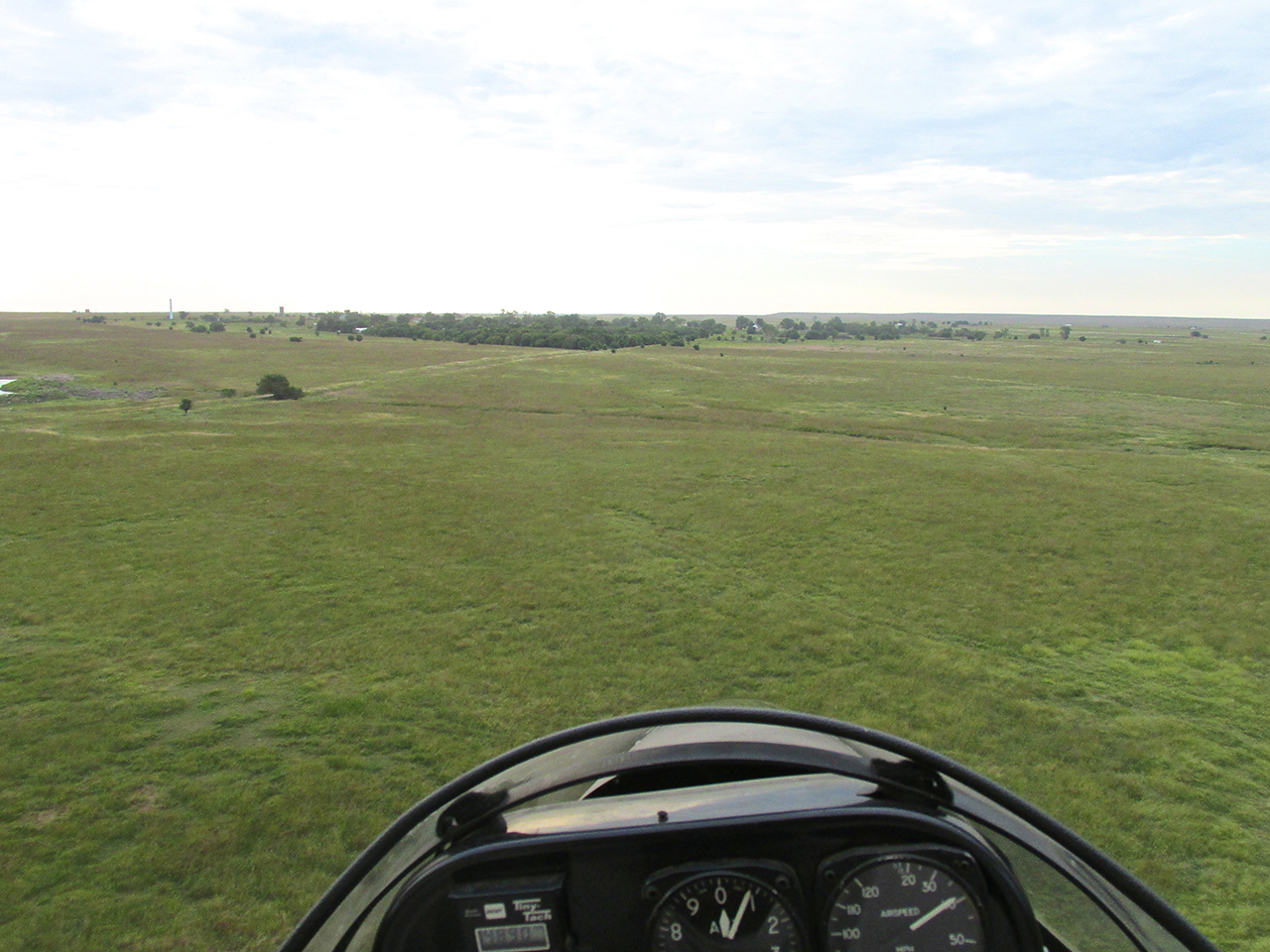
A “GlennView“ on the approach to Foraker from the Northwest from 75′ AGL.
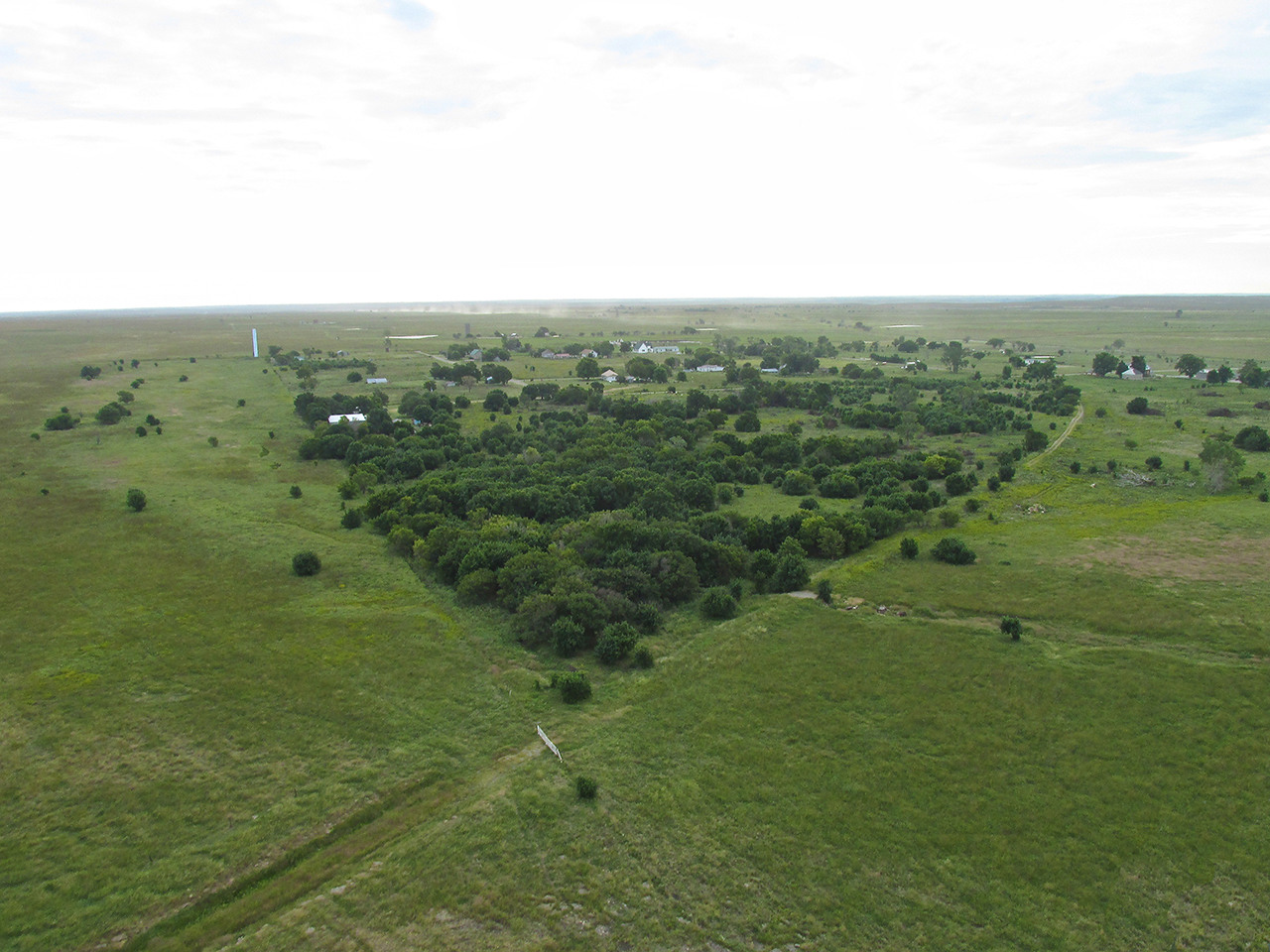
Foraker from 300′ AGL looking Southeast. Even though I wish I would have panned a little more to the right and regardless of the poor lighting, I love this shot because it covers the entire town with the forest in the fore and the dust trail on the horizon.

Before landing I took this picture looking East over what is simply called 1st Street which cuts across Foraker’s South Side. It gives you a good idea of “the great wide open” in which Foraker sits.
Time To Take A Look
After giving it a “once over” from about 30′ AGL, I decided to land on the field you see below. The surface was relatively flat but the grass was fairly high and its resistance caused me to come to rest rather quickly. There was only trace wind on the surface so I didn’t bother to tie the plane down. I got out, turned off the main fuel tank so the carburator wouldn’t drip, hung my ear muffs on the GPS mount, grabbed my camera and set out about town.
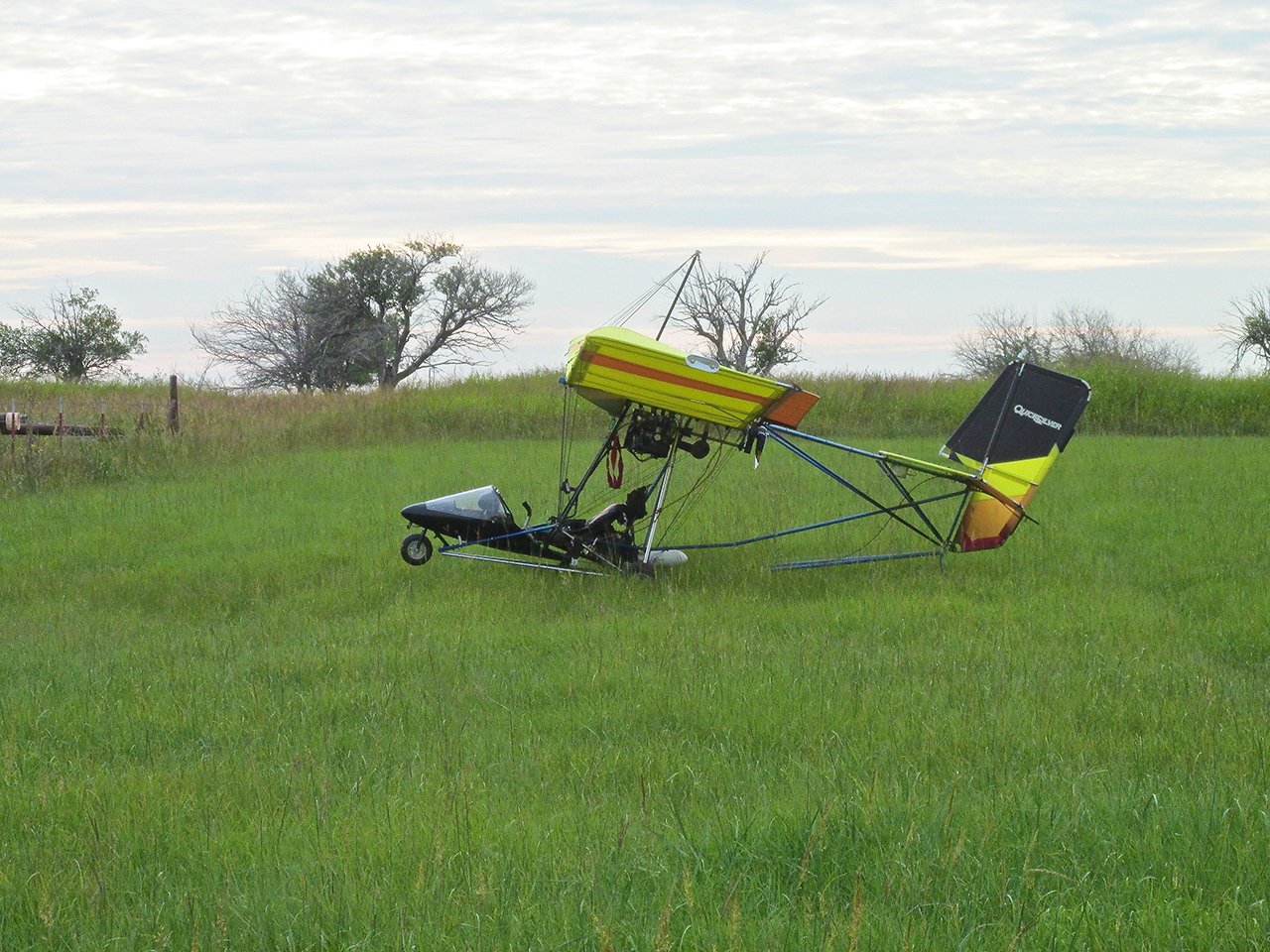
Obviously I have a fascination with this flying machine. As a photo subject, I find it continuously interesting in a variety of settings.

Walking into town I noticed the juxtaposition of an abandoned oil storage container and Foraker’s working water tower.
Walking Tour
My plan was to walk through town taking pictures and talking to whomever I might meet. Many of the homes were amalgams such as this one. In the foundation the owners retained the historic but then upgraded it with modern materials for the siding and roof.
History
At its height in 1910, Foraker had a population of 415 people. Named after Ohio’s Sen. James B. Foraker, the town began in 1905 as a Department of the Interior 160 acre platte next to the Midland Valley Railroad (more about this railroad HERE & HERE). Because it was incorporated before the Osage Nation Allotment, people who bought the lots sold by the Department of the Interior in Foraker were able to retain their mineral rights. Elsewhere in Osage County, the Osage Tribe retains mineral rights. At the beginning of 1922, there were 96 producing Oil and Gas wells in the Foraker vicinity.

A large empty lot. During the oil boom of the 1920’s, Foraker had concrete sidewalks, a water system, two banks, hardware, mercantile, and grocery stores, lumberyards, livery stables, grain elevators, two churches, a school, and various fraternal orders. The Foraker Tribune, the Foraker Free Press, and the Foraker Sun, were published there. (courtesy of Oklahoma Historical Society)

Finally I made contact with some residents. These two hombres provided The Sky Surfer’s initial greeting.

I admired this fairly new Massey Ferguson Tractor parked in front of this home.

Behind the home shown above is this stone building. It looks quite old. I could not discern its use.
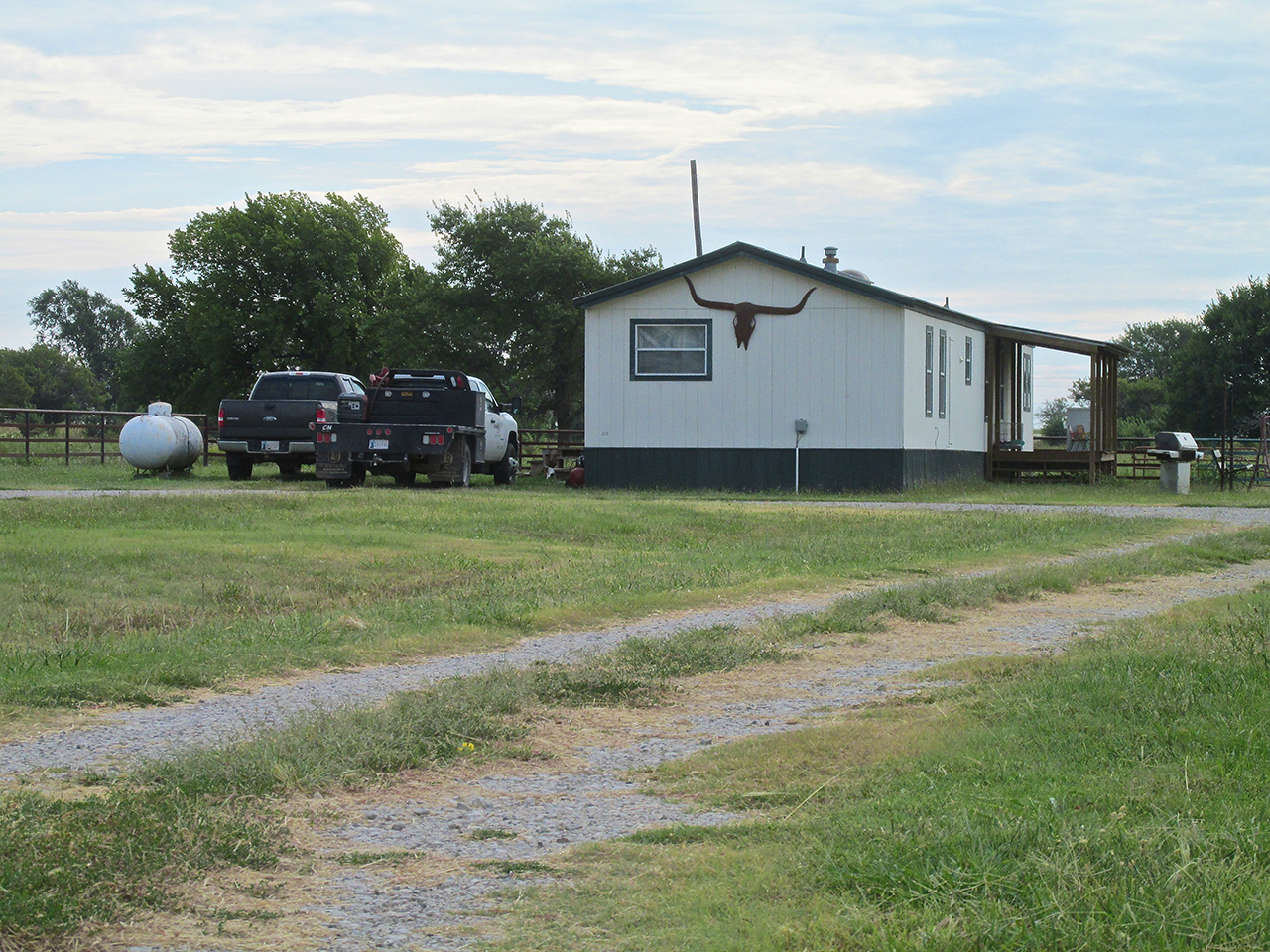
Years ago I was told the proto-typical Ranch Truck is a “Flatbed, Dually with a Headache Rack“. Seeing that and the Longhorn Art convinced me this household is in the cattle business.
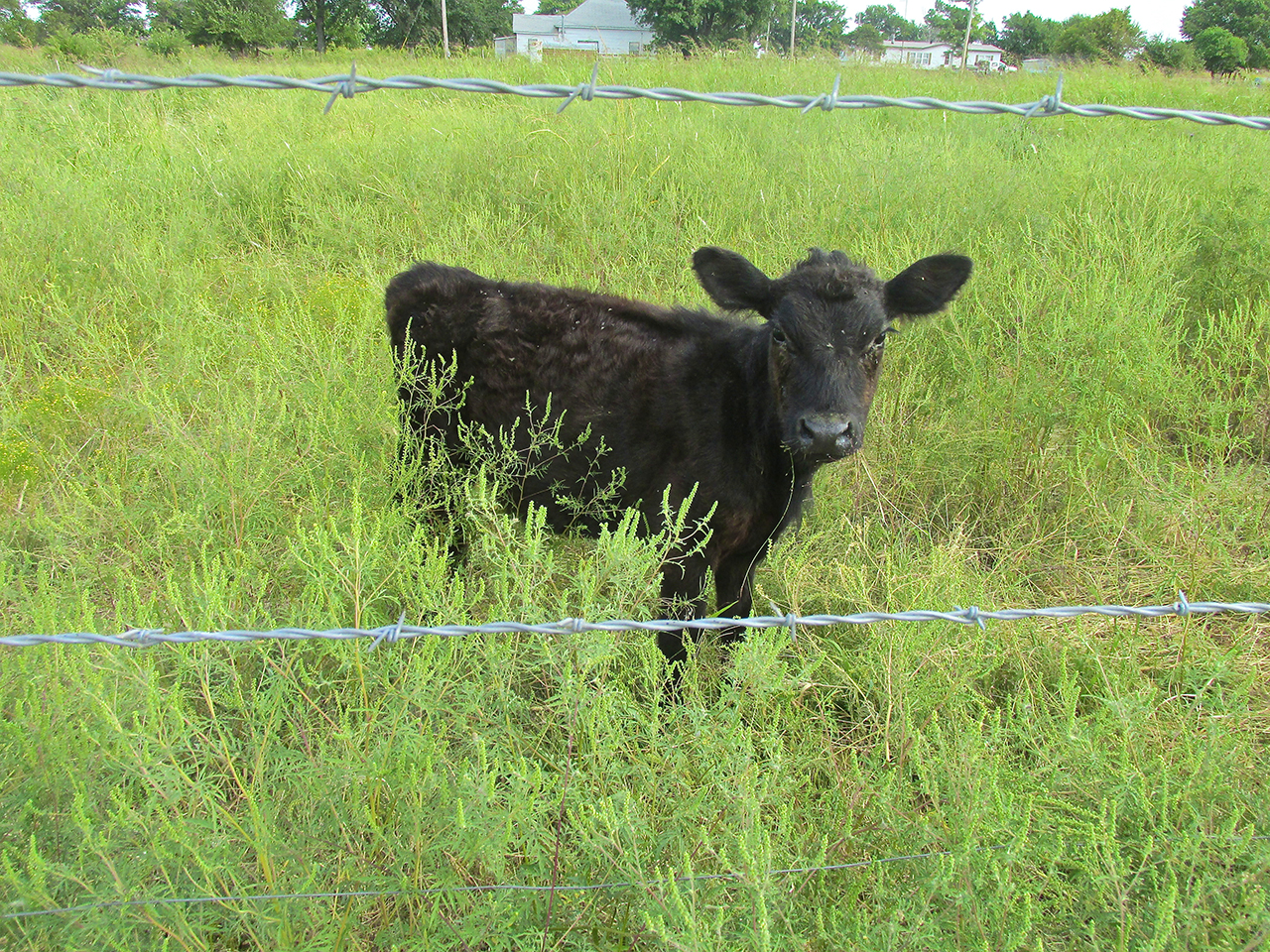
My second greeting was this little guy. When he realized I did not bring food he walked off. It was a quiet Saturday morning.
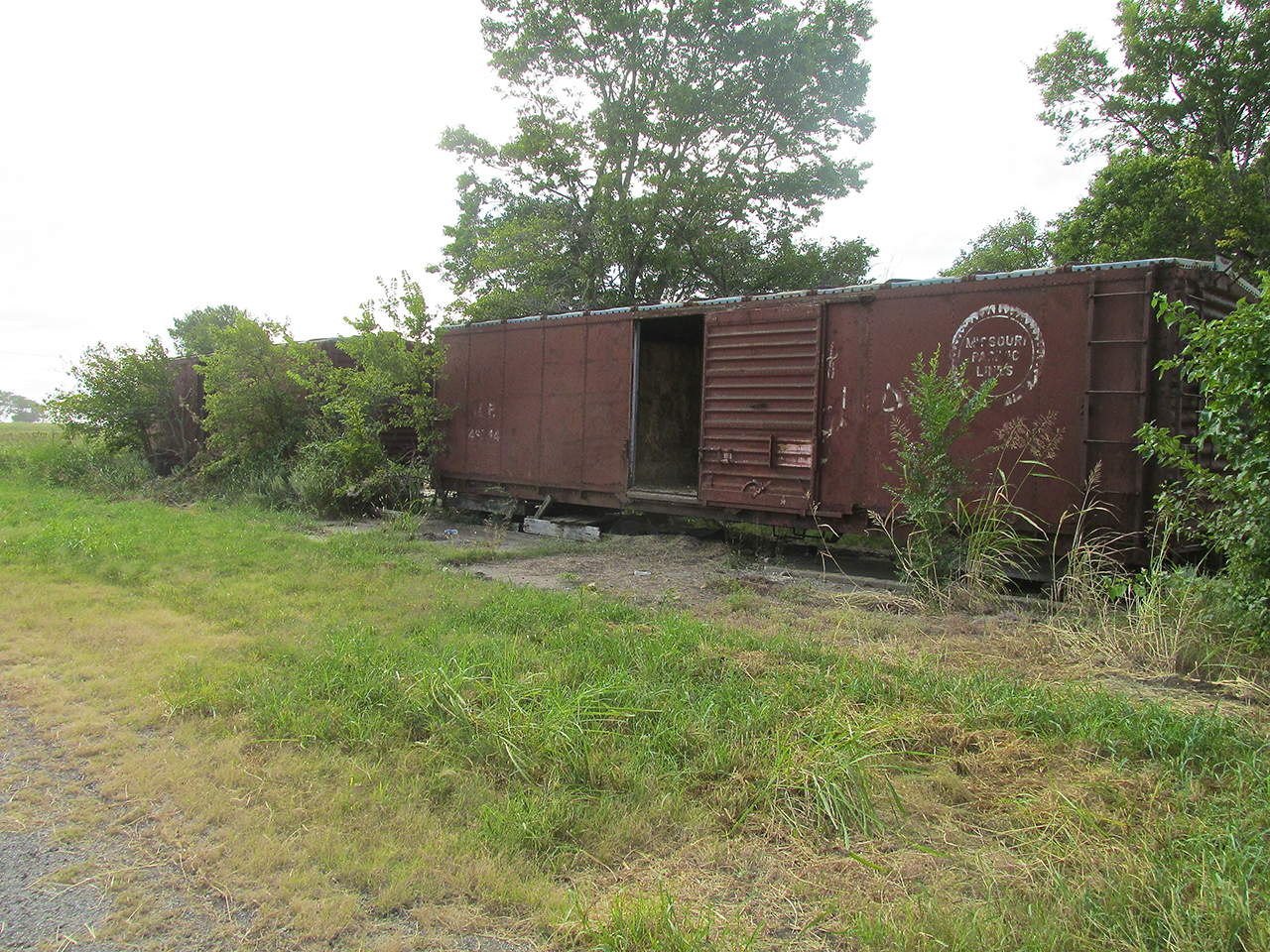
The last railroad through here closed in 1968. On the South edge of town, this car is being used to store hay.

This memorial is on the sidewalk in front of The Church. America’s involvement in both World Wars left many Heartaches in The Heartland.

Large trees provide a welcome shade in the Summer and relief from the (mostly) ever-present wind. That Saturday morning the air was uncharacteristically still.
The Big Quiet
I often point out to My Wife the significant amount of “sub-conscious noise” we disregard in modern life. In the Summer where I live, there is the constant low drone of air conditioners often 24 hours a day 7 days a week. In addition, are the intermittent but relatively frequent whines of weed-eaters and leaf blowers and their throatier cousin the lawn mower. Add to that at least 18 hours a day of car and truck tire noise, punctuated by the roaring exhaust of motorcycles emanating from the nearby four lane boulevard South and highway North. Throw in an occasional siren from any number of emitters, overflying aircraft of a wide variety and you have an unending din that most people ignore.
All that is missing in Foraker. I cannot remember ever being in a quieter place. It was deeply relaxing.
In the Cowboy Movies of my youth, I remember being very impressed that the Natives could turn their heads a certain way and hear Buffalo on the move miles away or put their ear to the ground and detect a stagecoach approaching. The movies made it seem like Indians had a 6th Sense. Shoot, now that I have experienced The Big Quiet myself, I don’t think it was any big trick at all. At one point that Saturday, I heard a pickup truck. It seemed like it was fairly close. It finally passed town about 15 minutes later. I figure he was going 75 mph. That means I heard him 18 miles away…
Tour Over
After walking the entire village I still had not met any of my species. The four-legged denizens of Foraker gave me a half-hearted salute but even they were short in number. I sat down on a picnic table in the playground across the street from The Church. I figured I would see somebody walking their dog or driving by in their car and I could talk to them about life in Foraker. It was there, relaxing on the bench, that the concept of Big Quiet came to my mind. This reverie precipitated me falling asleep. I couldn’t have dozed off more than 3 or 4 minutes but when I awoke I actually had a “Rip Van Winkle” impression. I swung my head around quickly imagining I had transported to the 1920’s. Alas, it was only in my mind. But, it was real nonetheless. I was in Foraker.
Mission Not Accomplished
Thus far in my Foraker Flight I had observed many interesting things but still no fellow human. In most of the towns I visit, there is some activity in the morning. Foraker is not like most towns. With no store, barber shop or gas station, there is no typical Saturday Morning Gathering Place. On Sundays, The Church would be busy but for the previous hour and a half that Saturday, I had seen not one person.
I decided it was becoming weird for me to be sitting on their park bench much more than the quarter hour I had thus spent. I looked down the street and pondered the first house I had passed on my tour. There was a car parked in the carport so I figured someone would probably be home. I decided I would knock on the door and introduce myself.
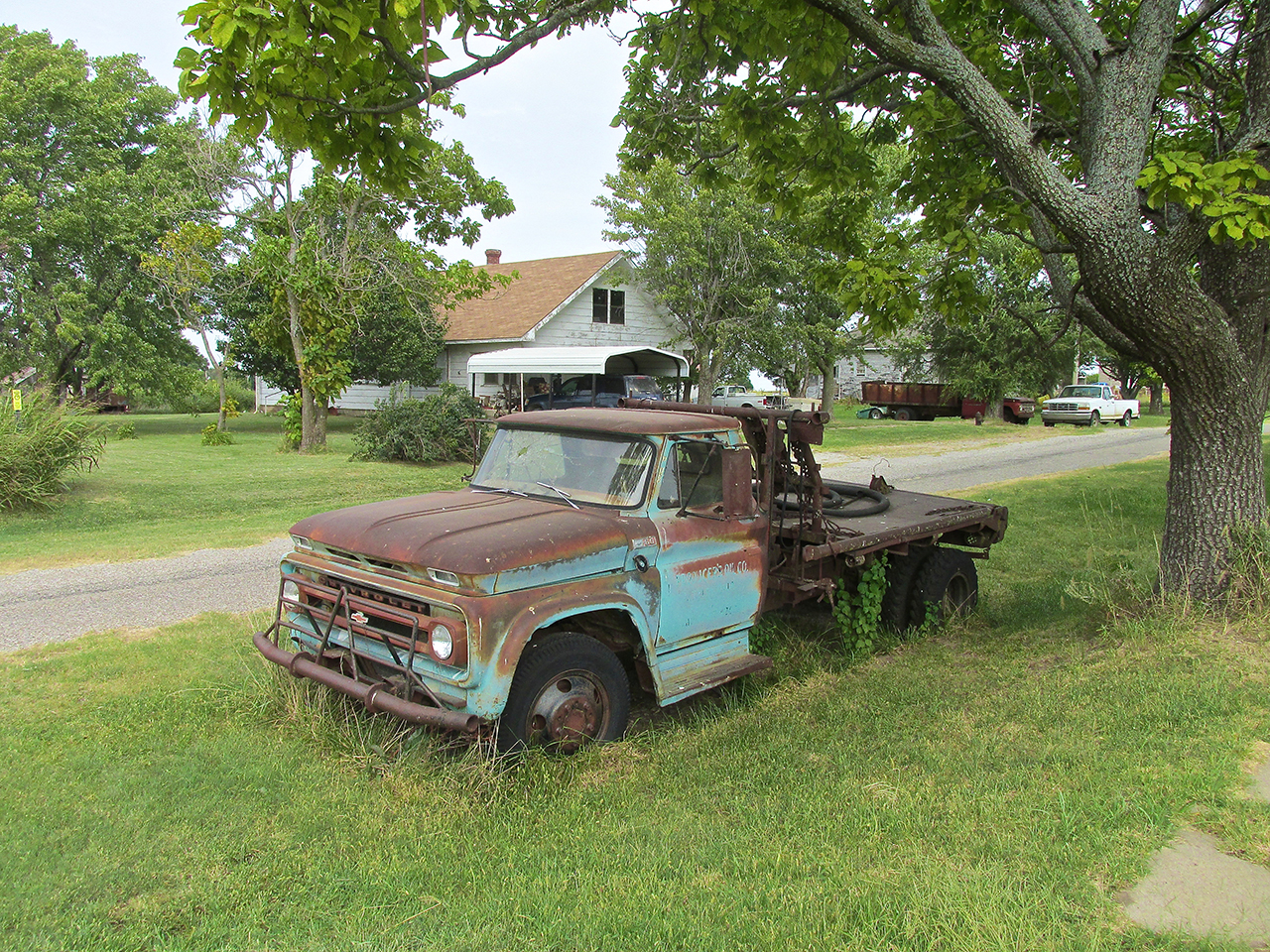
Close cousin to the Basic Ranch Truck is the Oil Field Service Truck. This one was parked in front of the house I chose to visit.
Marvin Wickham
Providence once again provided the encounter The Sky Surfer needed. As I approached the house I noticed the front door was open. Only a screen door guarded the entry. As I raised my hand to knock, a voice from within called, “Come on in”. I couldn’t see anyone, so for a moment I was a bit bewildered. Sensing my confusion, host Marvin Wickham got up and came to the door with his dog “Rowdy”. He beckoned me to sit on the couch inside. It was a pleasant home probably originally built in the 1950’s.
My first impression of Marvin was that he must be kin to Ben Johnson. He had the same “western look” and demeanor. His deep voice, accent, mannerisms and friendliness would have put him with Ben at the top of John Ford’s Classic Old West Casting Register. Marvin said he had seen me walk by the first time but was unaware I had landed my plane on the other side of the County Road. I pointed to the MXL out his front window about two hundred yards to the Southeast. He smiled and said, “Well, whataya know! You coulda landed next to The Church. I gave that property to ’em. Next time you can do that.”
Since 1958
Marvin has lived in Foraker since 1958, moving there after spending time in Sedan, Kansas and Wynona, Oklahoma. He had always raised some cattle but worked first as a Cable Tool Driller and then as an Oil Field Service Man. My Wife Debra is a Petroleum Geologist as is her Dad Gus Messinger. Over the last 30+ years, in addition to the Blessing of our Union, being around them I have come to know a bit about the Independent Oil Business. Cable Tool Drilling goes back to the beginning of the 19th Century when it was used to drill water wells. The first documented use was in 1808. It simply involves dropping a chisel repeatedly down a hole, slowly chipping the rock out of the way. It takes enormous patience and skill. In an interesting answer to one of my many questions, Marvin explained they could actually retrieve a tool out of the hole should the cable break.
When the oil business turned away from Cable Tool Drilling in favor of Rotary Drilling, Marvin left that side of the petroleum business and moved to the Production Service side.
Marvin told me early in the 20th Century they called Foraker “Queen of the Osage”.
Rowdy The Restless
We tried for a couple of minutes to get Rowdy The Dog to sit in Marvin’s lap for a pair portrait. He would have none of it. In the media business certain people are ungraciously referred to as “Camera Magnets“. Eager to gain “Face Time“, they are inordinately aware of cameras and ever-resourceful to position themselves in front of any lens they suspect might be gathering light. Rowdy was the opposite – more like “Camera Anti-Matter“. Even after I gave up on the staged shot with His Master, if I pointed the camera in his direction he would bolt or turn completely away hiding his face. The shot below was all I could get of the elusive canine.
Land Of “Real Deals”
It was time for me to go so I bid Marvin and Rowdy “Good Day”. Marvin walked me out to the edge of his yard. He had been having trouble with one of his legs but volunteered to drive me to the MXL. I really appreciated the offer but did not want to trouble him for what was to me a 200 yard stroll. Then, circumstances intervened, and The Director in me suddenly found it necessary to prevail upon the gentleman to at least walk across the street…
As we stood on his porch I had made mention of the “flatbed dually with the headache rack” parked on the other side of the street. Marvin said that was his oilfield service truck. Well, I just had to have a shot of the two together. Actually I really wanted “a three shot” with Marvin, Rowdy and The Truck but you know how Rowdy is…
City Versus Country
When I first laid eyes on the venerable old Chevy, the big hole in the windshield was to me obviously an all-too-familiar example of vandalism. Living around metro areas all my life, I have become accustomed to that random hazard. Again, this shows how general assumptions can lead one astray, though…
When I mentioned to Marvin what a shame someone did this to his truck he said, “No. It was a winch line”.
Apparently one time he was using the “A-Bar” winch on the back of his truck to pull something out of a drill hole. He pulled so hard at it the steel cable snapped and came whipping over the top of the truck smacking the windshield. Man. That’s Intense! Marvin sloughed it off by saying, “It was no big deal. You just have to be careful and you don’t get hurt.” (I didn’t confirm this but I suspect Marvin took the windshield hole as a badge of honor because he never had it repaired…)
Oil Field Work Is Dangerous. Many men have left digits, arms or gravestones out on The Oil Patch. Having spent the last hour reminiscing with him about his Days On The Patch, I could tell Marvin was careful and knew what he was doing.
Marvin’s The Real Deal.
Flyover Time
I thanked Marvin again for his hospitality and headed back to my Quicksilver. I told him it would be about 20 minutes before I finished preflighting, getting my goggles just right, firing up the GPS, warming up the motor and taking to the air. I would then circle to the Southeast and get a few more shots before heading back to Selby Aerodrome.

The wind had risen to about 7 mph on the surface and was out of the Southeast. I took off in the direction of the camera and was airborne before reaching the point I was standing to take this shot. (NOTE: This lush grass is why cattle thrive here.)
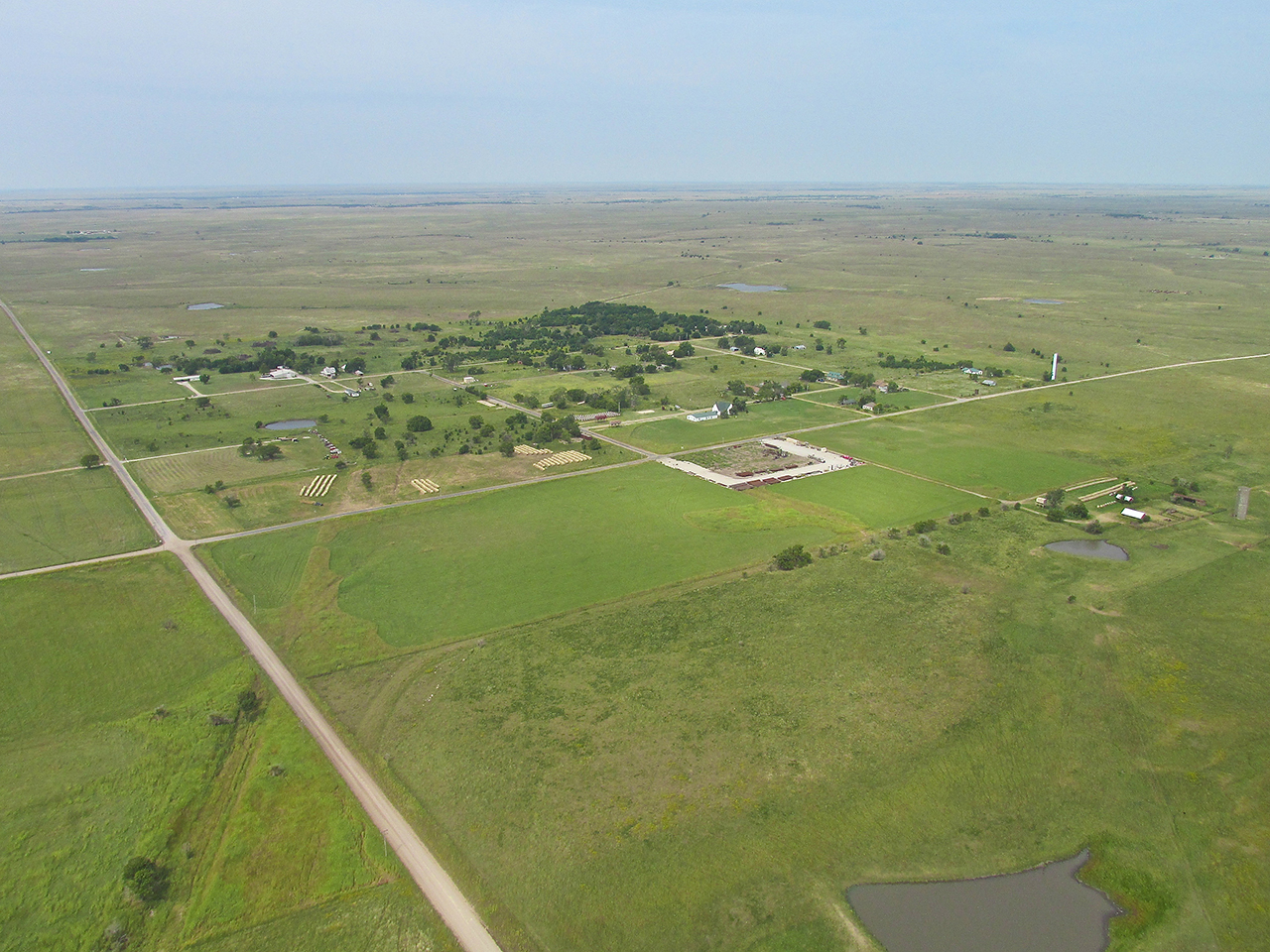
There was a little more base light now than when I arrived. This is Foraker from the Southeast at 800′ AGL. Combined with the earlier aerials shot from the North, West and South, with this shot to the Northwest, you get the complete picture how remote Foraker is.
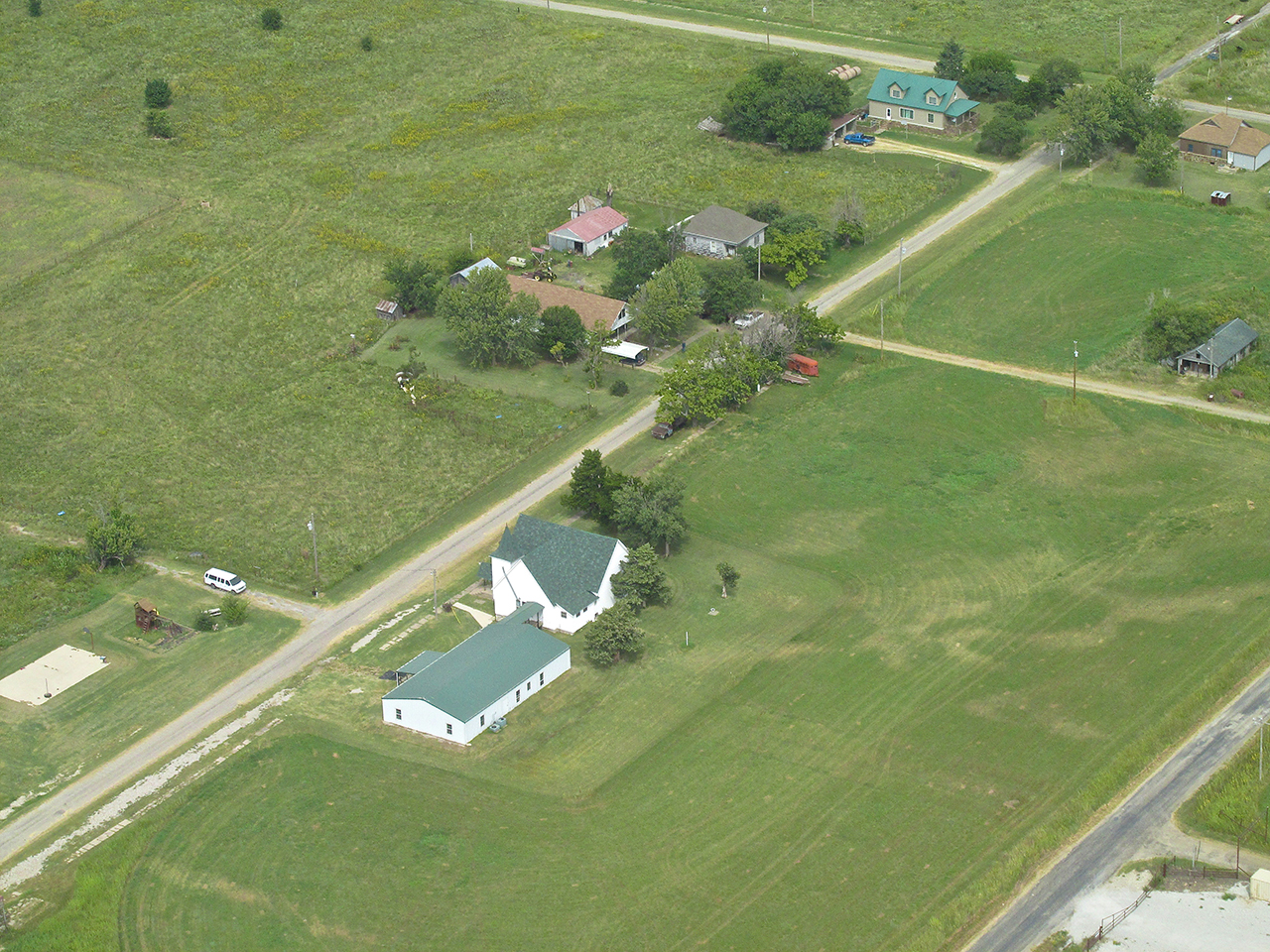
I waved Goodbye to Marvin and then shot this telephoto from 1,000′ AGL looking Northwest. Marvin is next to the sidewalk in front of his house. The Church is in the foreground.
They’re Back!
I always enjoy seeing The Mustangs. I hope you like pictures of them because whenever I come across them on my flights, be assured I will grab the shots I can. This day when I spotted them, I had “caught the wave” and was already at 1,500′ AGL to make the most of the tailwind. Having taken many pictures of the herds on previous Fun Flights – this day – I did not want to drop down in altitude for a closer shot because it would cost me too much fuel and time. In addition to being too high, the air was relatively turbulent. Nonetheless, I twisted around in my seat and employed my telephoto lens to get the best I could with what the situation presented.

A large herd uncharacteristically milling about. Usually when I see them, Mustangs are in constant motion. Typically they move at a continuous trot. How they decide were they are going – and why – is anybody’s guess.

After leaving the Wild Horses behind I took this “GlennView“ so you could see the wide expanse. This is from 800′ AGL looking Northwest.

I noticed to my right, tied up in my flying wires, a stalk of prairie tall grass snagged during my takeoff from the field at Foraker.
Back In Kansas
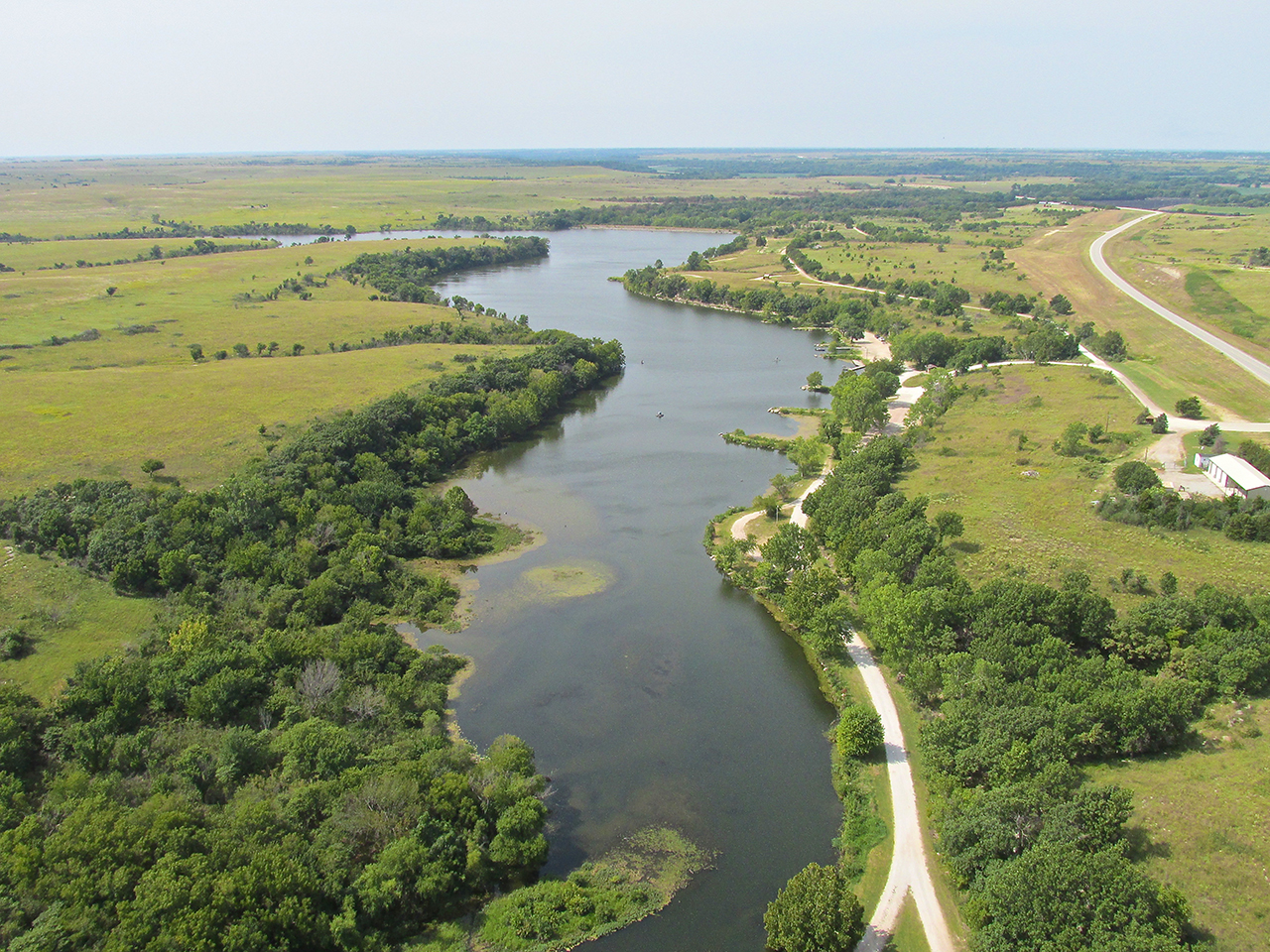
Nearly 7 miles from the Oklahoma border, just South of Highway 166 is The Cowley County State Lake. From 500′ AGL looking West.
Interesting Topography
I find the shapes and colors of erosion plains interesting to look at from the air. This next series is a good example. These pictures were taken about 7 miles Southeast of Winfield, Kansas. Hey! The sun was starting to come out!
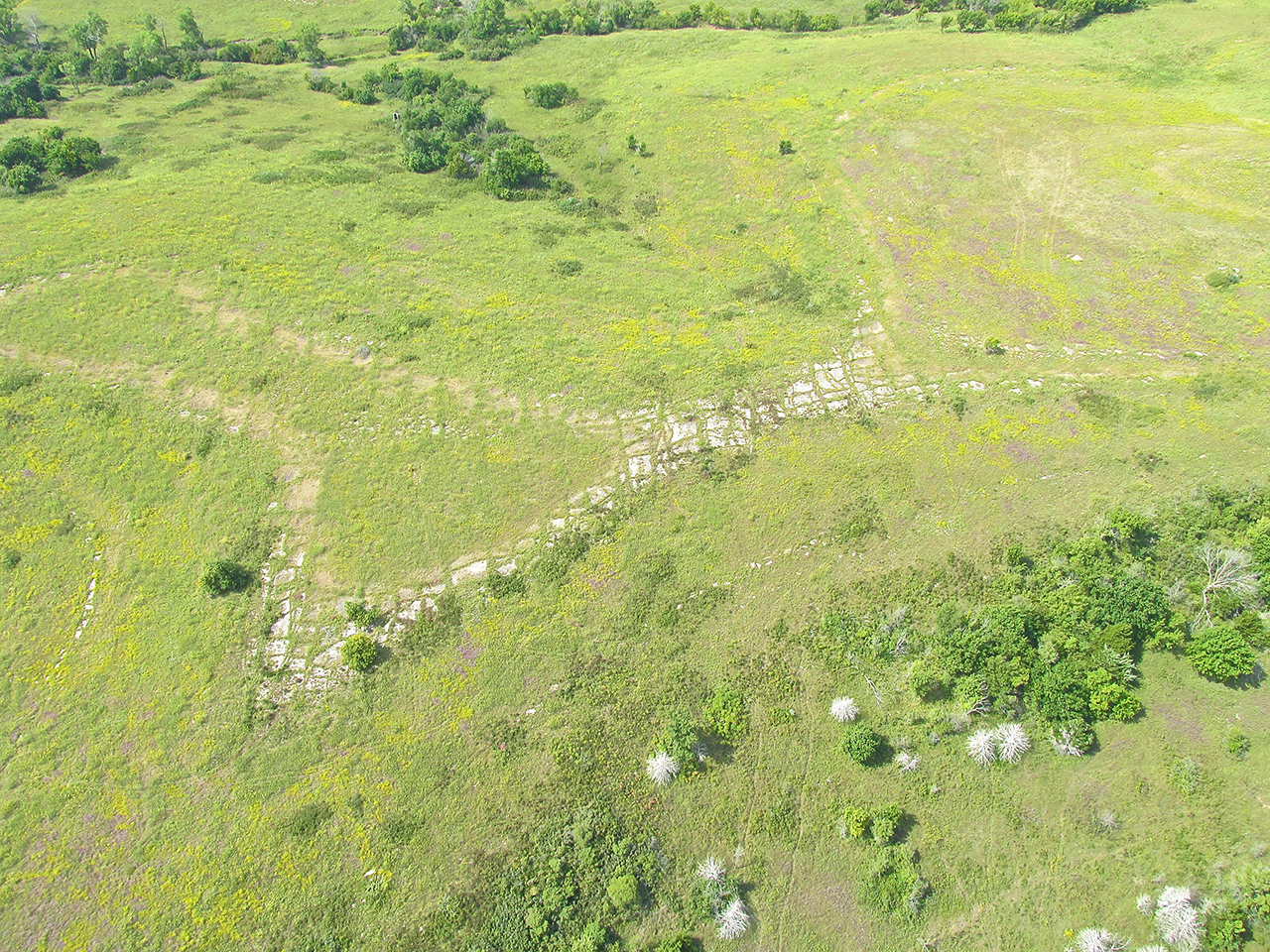
While writing this piece I noticed the strange white bushes at the lower part of the photo. I can’t remember ever seeing anything like that before…
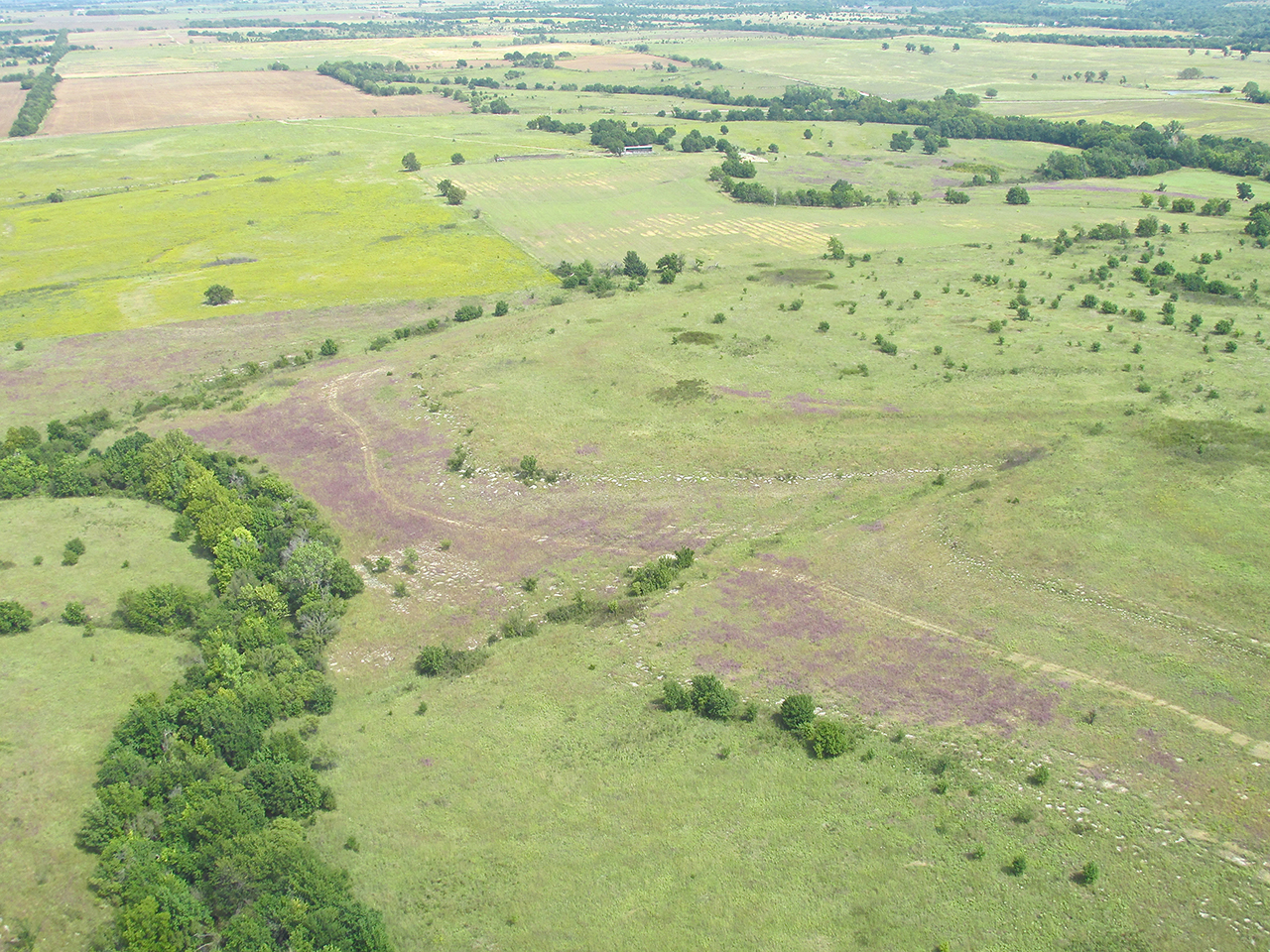
I believe this is Purple Sage – as in “New Riders of the…”
Should I Or Should I?
Three letters describe my navigation method: GPS. I have a small Garmin Oregon that I set for my destination. After that I just follow the arrow. When you fly as low as I do, it is perfect because tree rows and small rises hide the landmarks typically used for pathfinding.
On the way to Foraker that morning, the GPS was taking me right down the railroad track that separates the Fair Grounds from the Town Proper. On the way home it was taking me right through town. That’s a NO GO for Ultralight Flying. My Rotax 503 – masterfully rebuilt by Rotax Rick of Florida – has been running like a top. But, Prudence dictates one must always be ready for the possibility of an engine failure. If that were to happen, I would hate to “force land” in the middle of a town so I always go around. Typically in a situation such as this I would choose the route I had not flown earlier in the day but today I remembered there was action at the Fair Grounds. I decided to cut West to trace the railroad track again and see if anything new was happening.

The South end of Winfield, Kansas bordered by Highway 360. From 800′ looking West.

Highland Cemetery is the most impressive small town cemetery I have seen from the air to date. It is South of Winfield across the river.

This is as wide as my camera will shoot. To the left is the Fair Grounds; to the right is the town. Main Street/Hwy 77 meets the railroad at the bottom of the shot. This was from 1,000′ AGL looking Northwest. As I passed by the Fair Grounds again I still didn’t see any action. Everyone must have been inside.
Corn Harvest
Late Summer rain had put a damper on corn harvest efforts. Finally it was dry enough that I caught some reaping going on that Saturday.
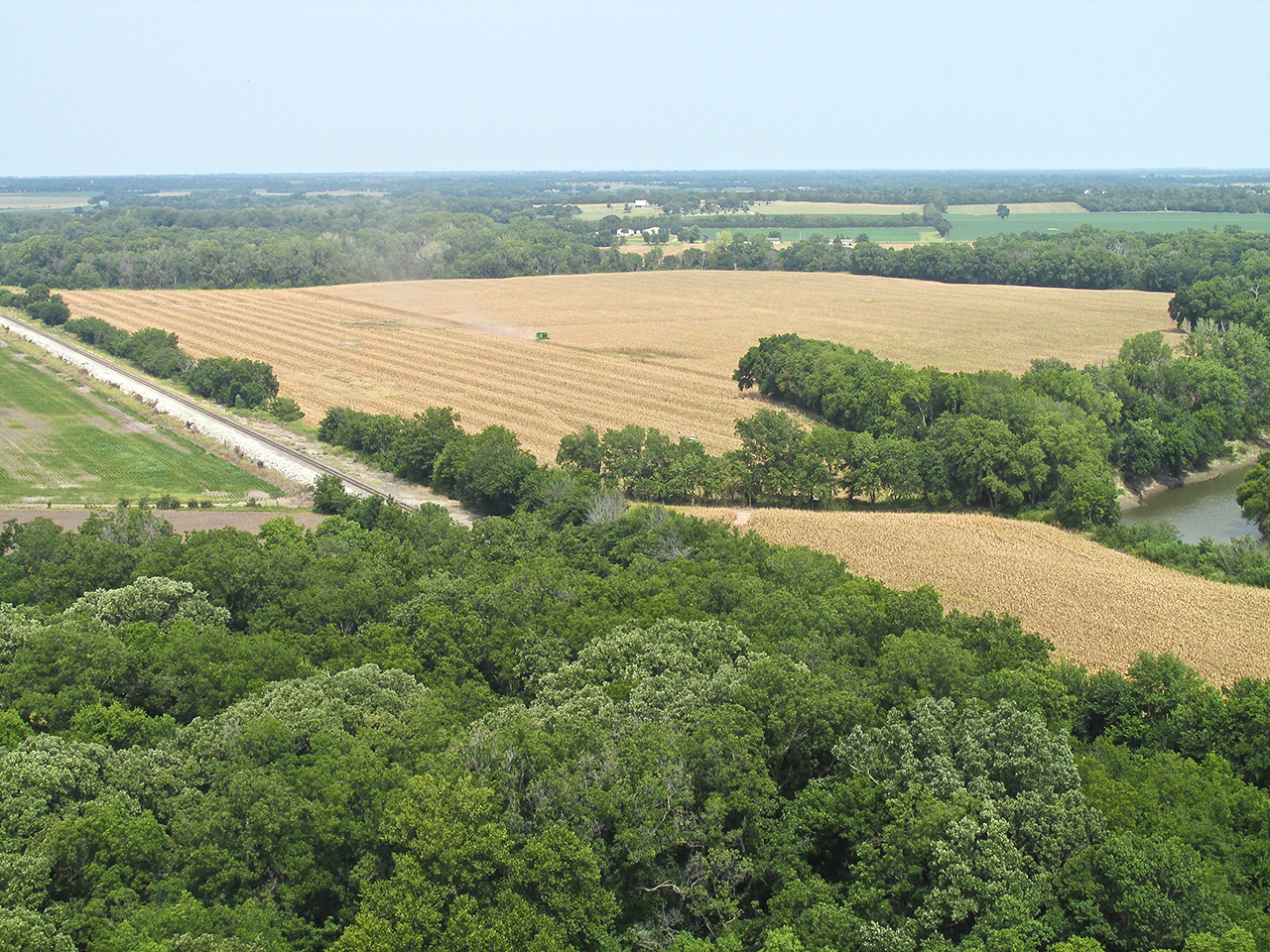
Corn harvest action 5 miles Southeast of Mulvane, Kansas.
Harvest – Another “Real Deal”
There is a theory in Economics that wealth starts with commodity production and that after that initial wealth is obtained, society just “passes that same dollar bill” around to make the rest of our transactions. Of course this is a simplification but I do adhere to the general concept. All countries implicitly understand this as they reserve special rights and conditions for farmers and other commodity producers. In this flight, this Basic Economic Principle was represented by those drilling into the soil to release Oil and Gas and by those coaxing the soil to provide Crops.
This last series was shot right off the South End of the Selby Aerodrome landing strip. The golden yellow of the corn in the bins really caught my eye. If you have not watched a modern harvest team in action before, this set will give you a feel for the scale and complexity of the operation.

To the left are two large grain semi-trailers waiting to be loaded. Once full, they will quickly head to an elevator, offload and then return to this field. To the right is a loader used to take corn from the combine. They use the loader so the combine never has to stop.

This is the “cutting edge” of the team. While the loader was quickly heading over to dump corn into the semi trailer, the combine continued to cut it, separate the kernals from the cobs and then temporarily store it in the bin on top. From the surface perspective you cannot see the grain stored at the top of the combine so this gives you a special view.

I hovered over the area for a while finding the whole process enormously intriguing. This composite shows “the end result” in the inset on the right as a semi filled with corn leaves for the elevator. In the rest of the photo, we see the combine lining up on another row while the loader maneuvers to take position next to him to take the overhead load off his hands. They will do this “on the run” so as not to waste time or fuel. I will note there is a lot of “cheat” visible in the part of the field he is attacking next. These weeds (cheat) will be winnowed out by the combine so as not to be part of the final product.
The Final “Real Deal” Of The Day
Ultralight Flying:
It’s Low and Slow. Stick and Rudder. Seat of the Pants. Wind in Your Face. Riding the Currents. Hangin’ with the Hawks. Taking in the whole look, feel and smell of the environment. A Unique, Special Way to Enjoy God’s Good Earth. To me, there is no better way to fly.
The Fun Flight to Foraker.
Blue Skies & Tailwinds!™
Brian FitzGerald – Wichita


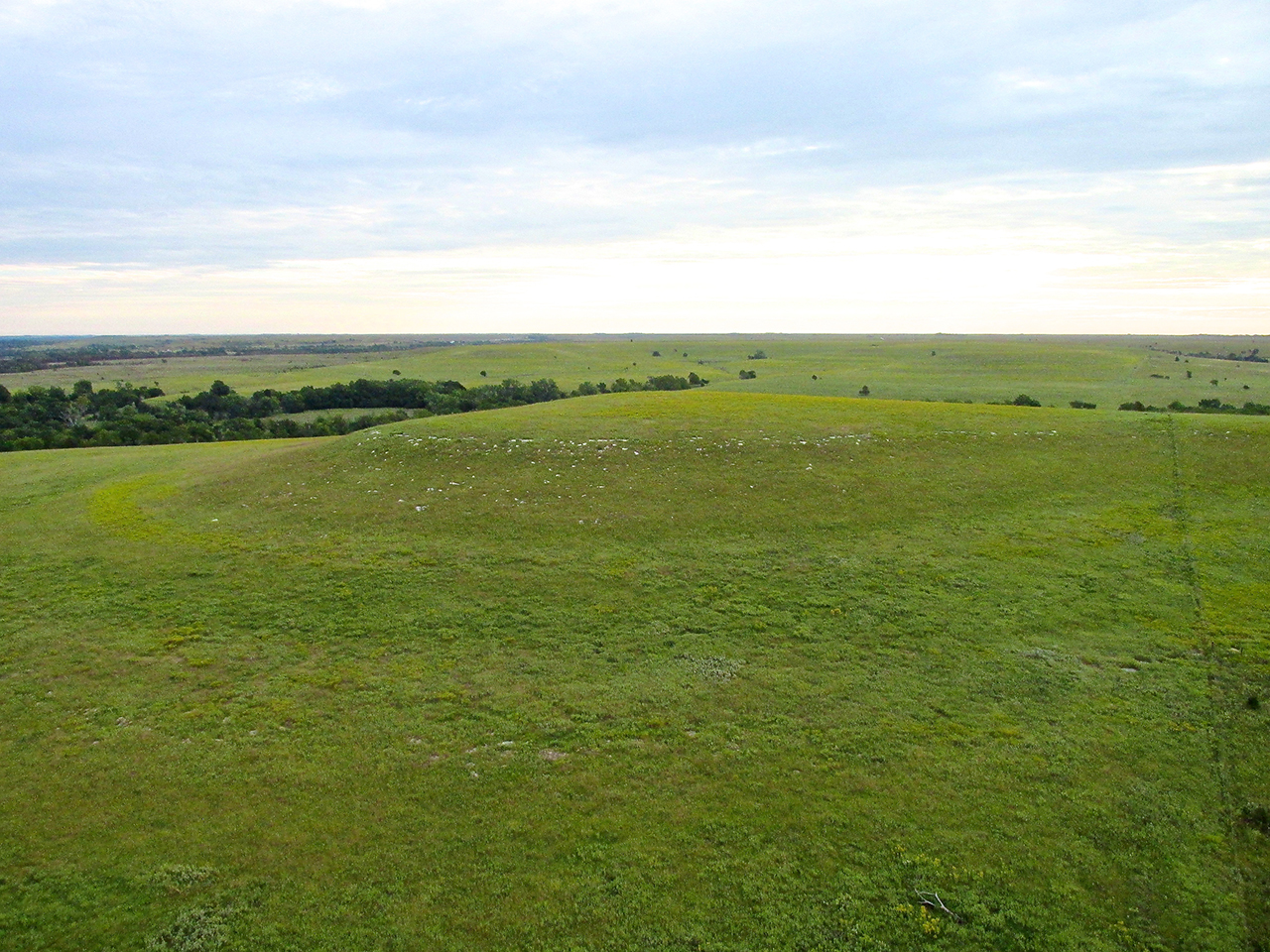

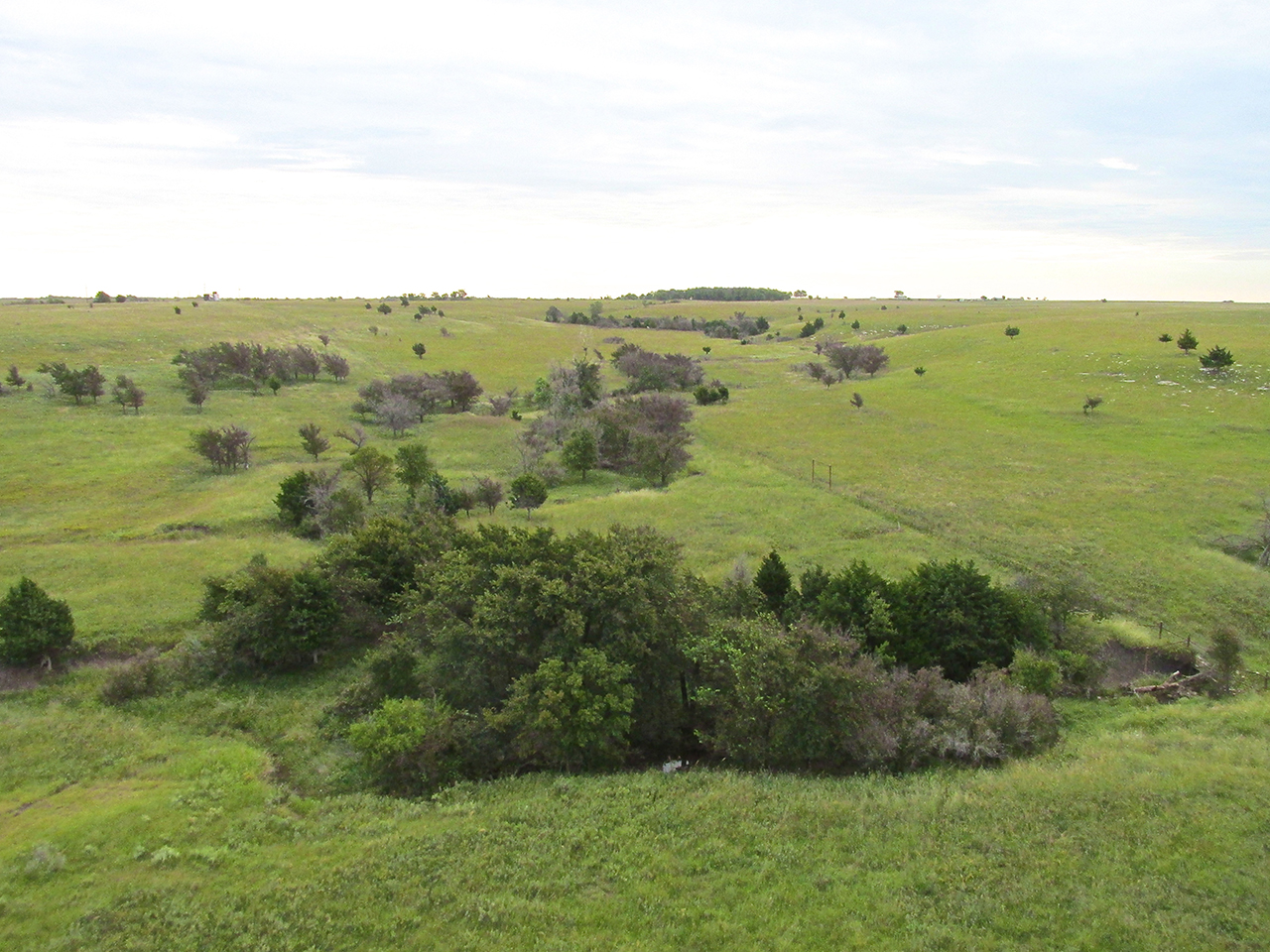
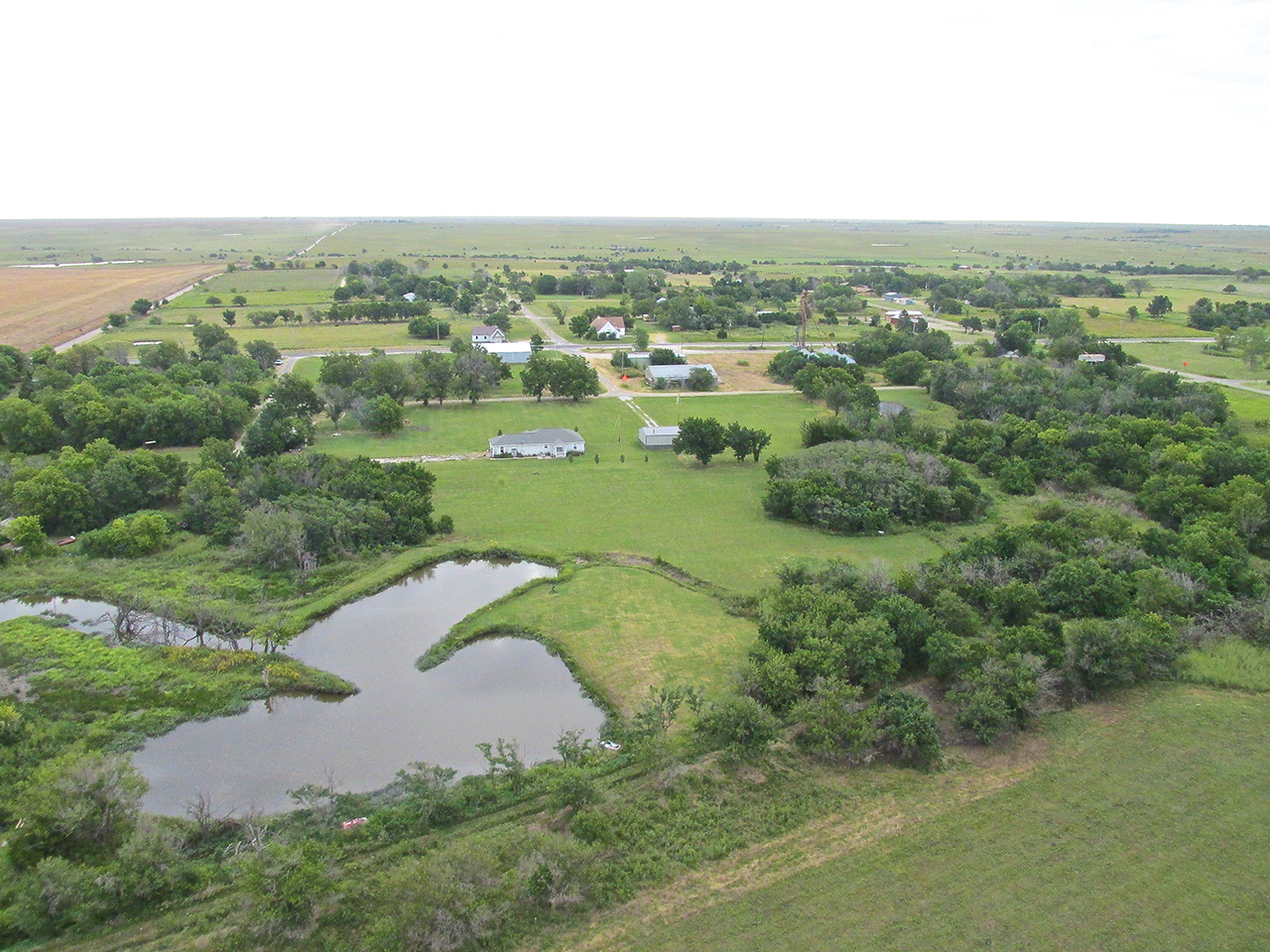
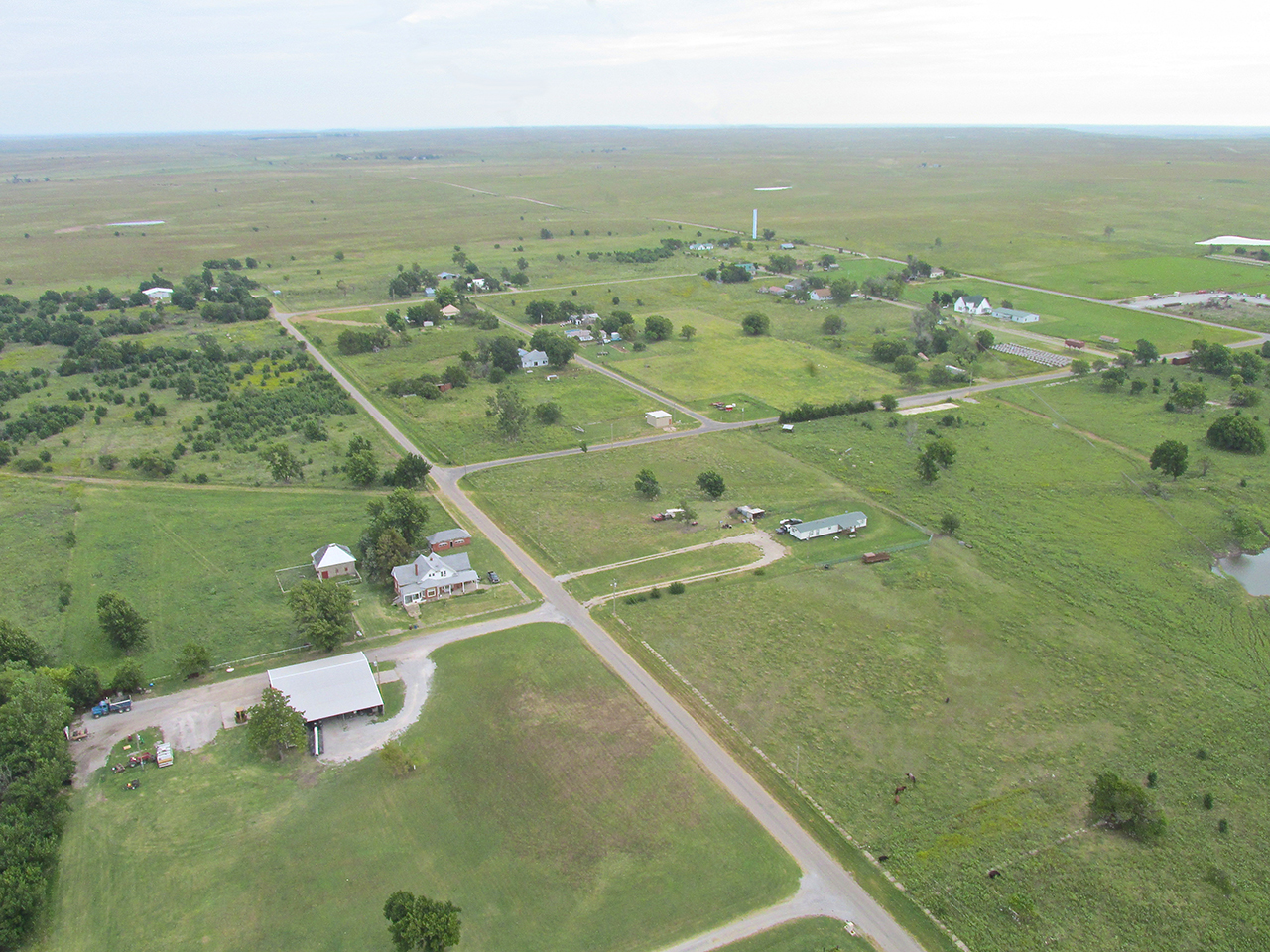

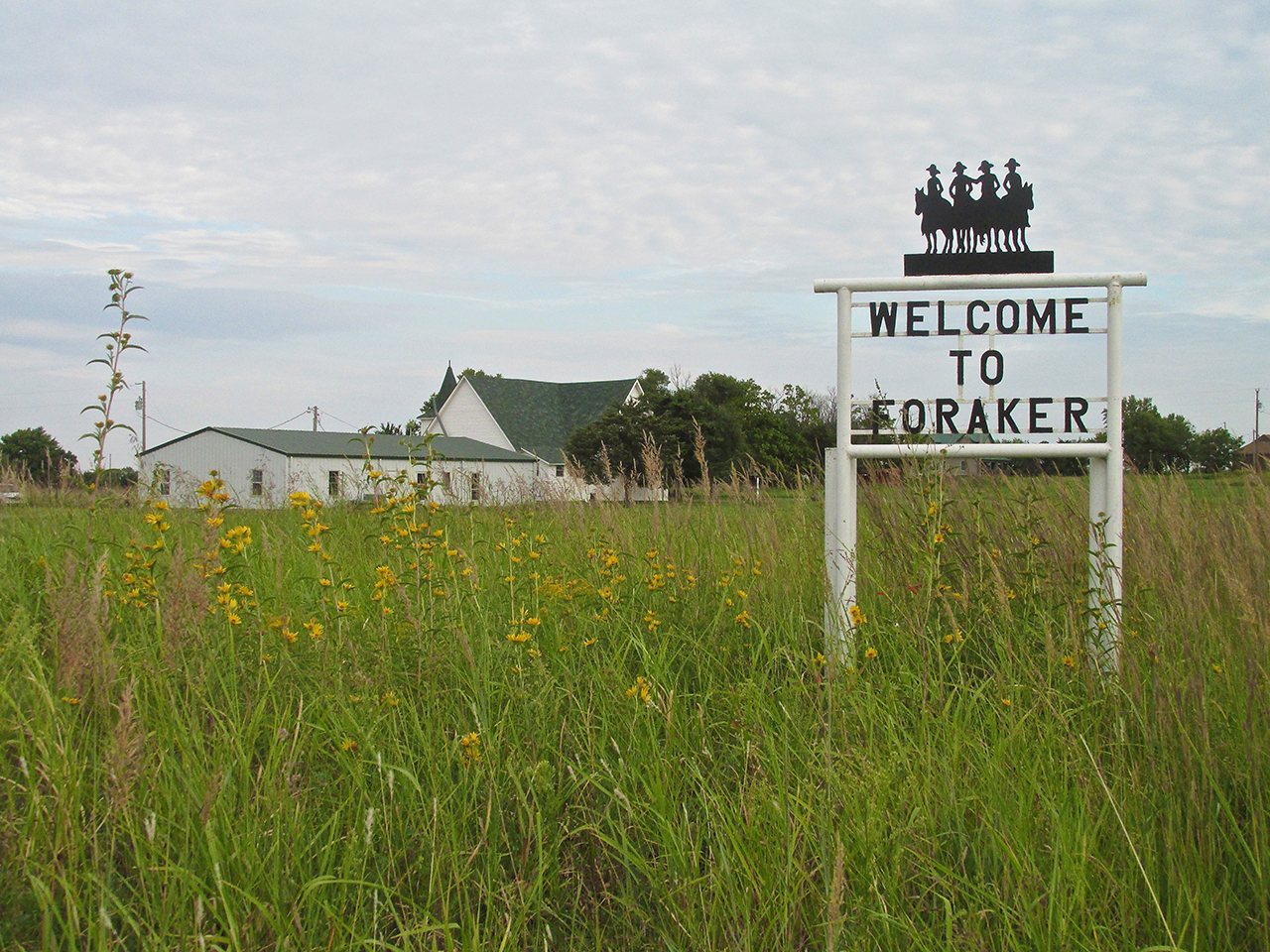

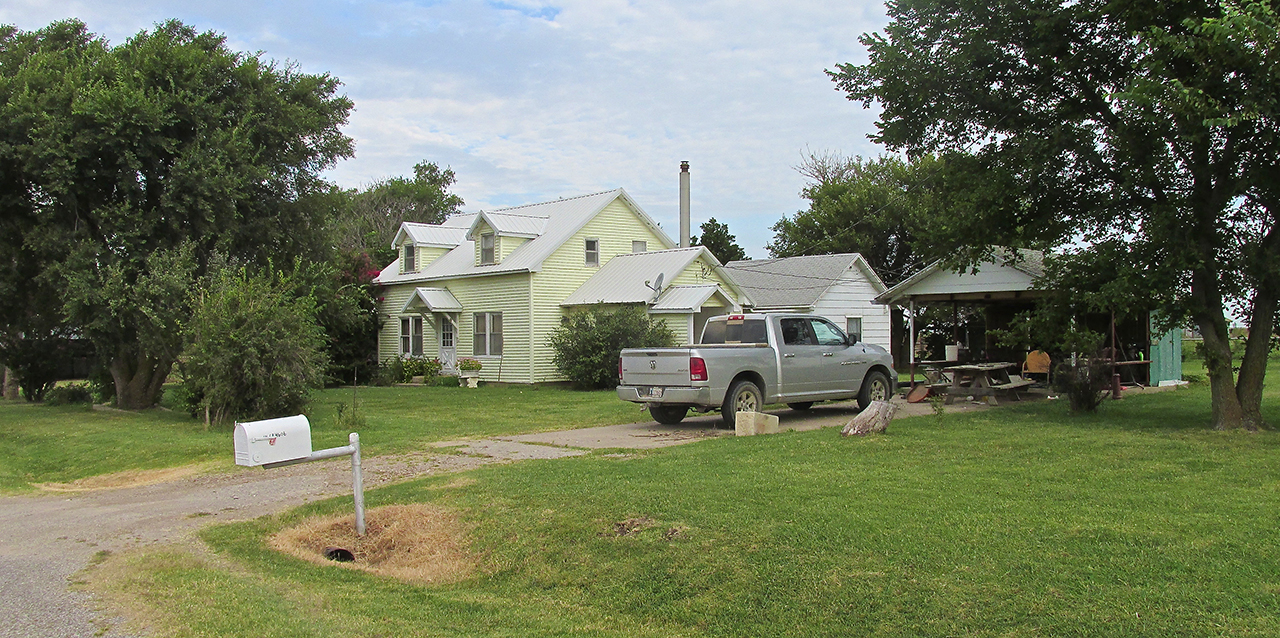

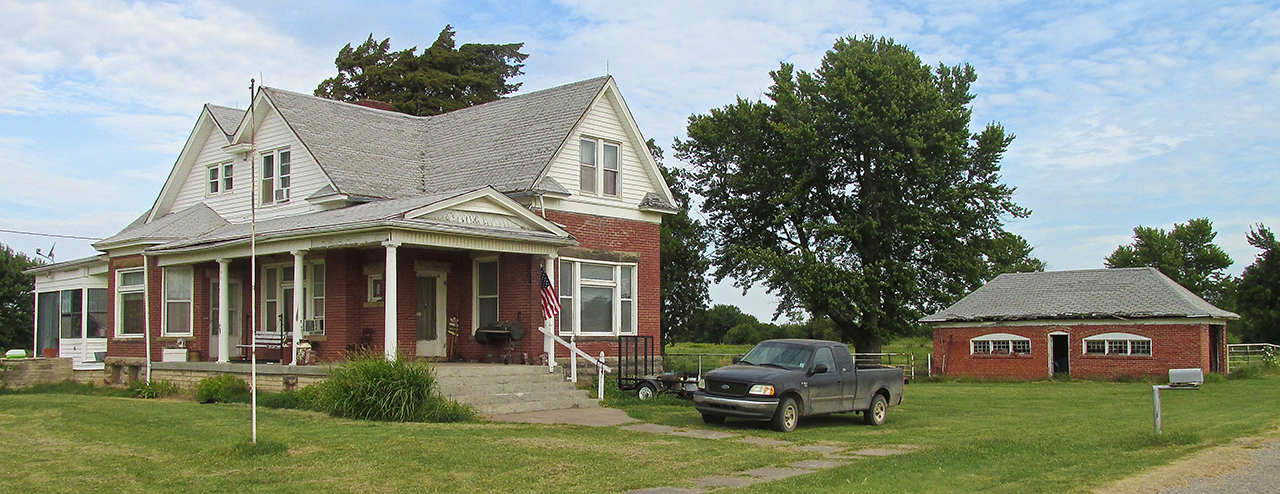
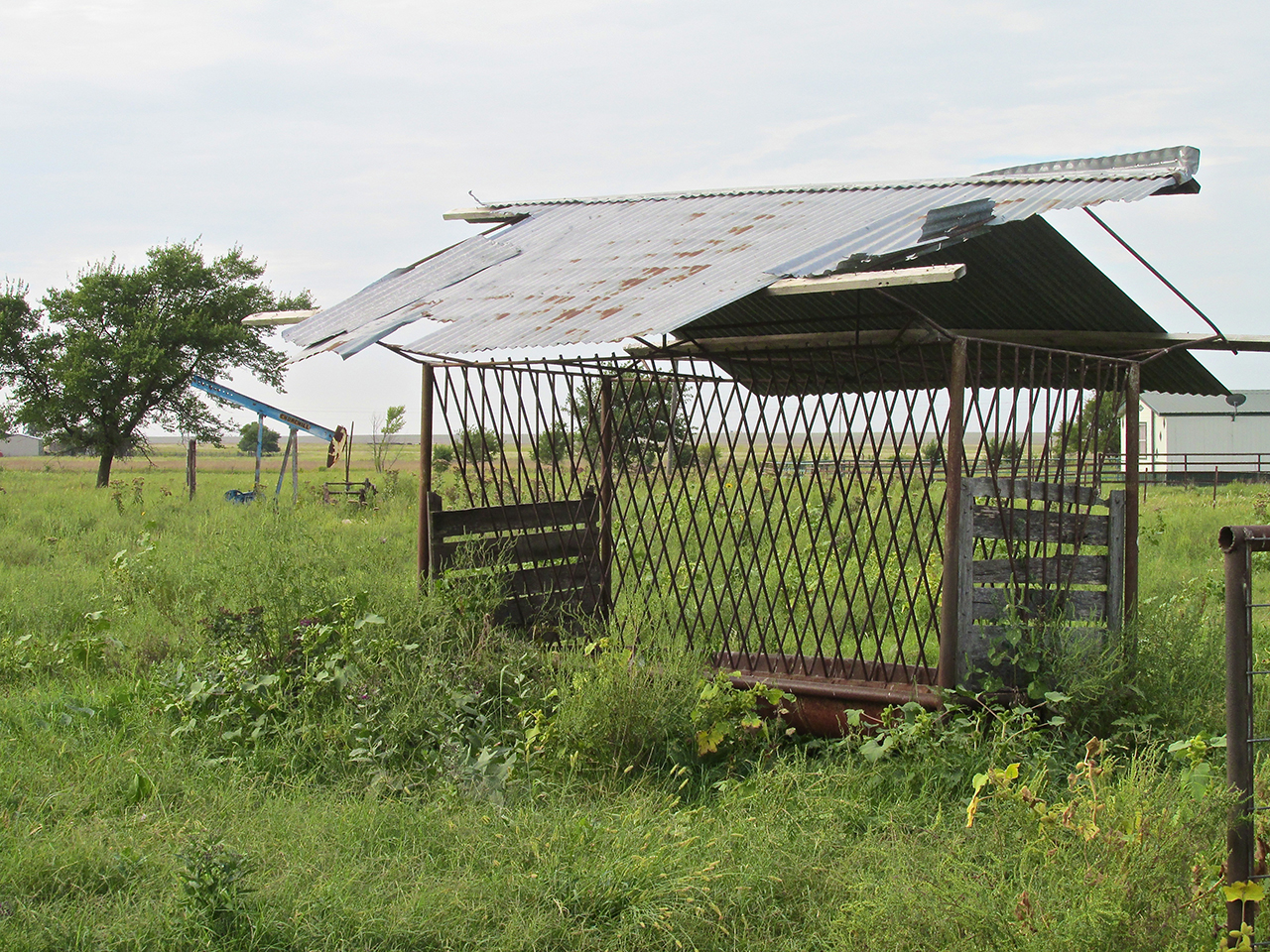



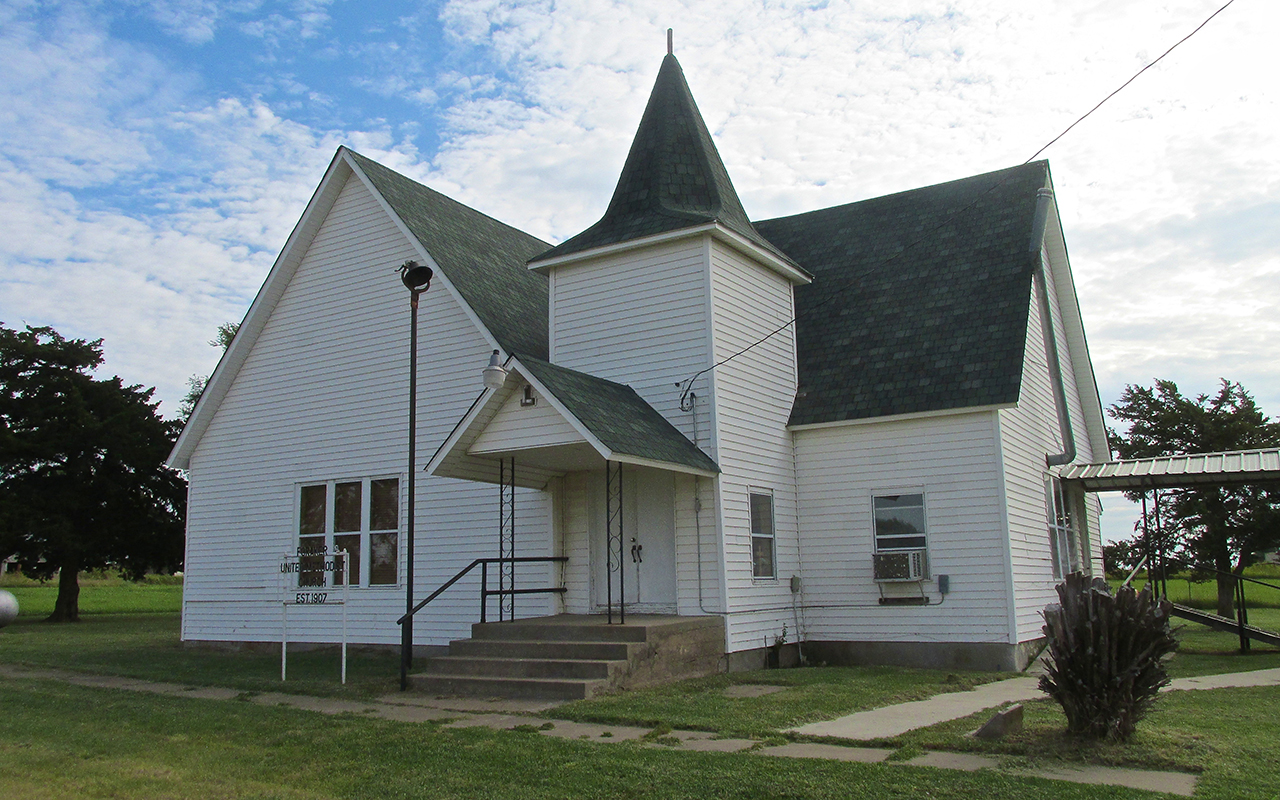



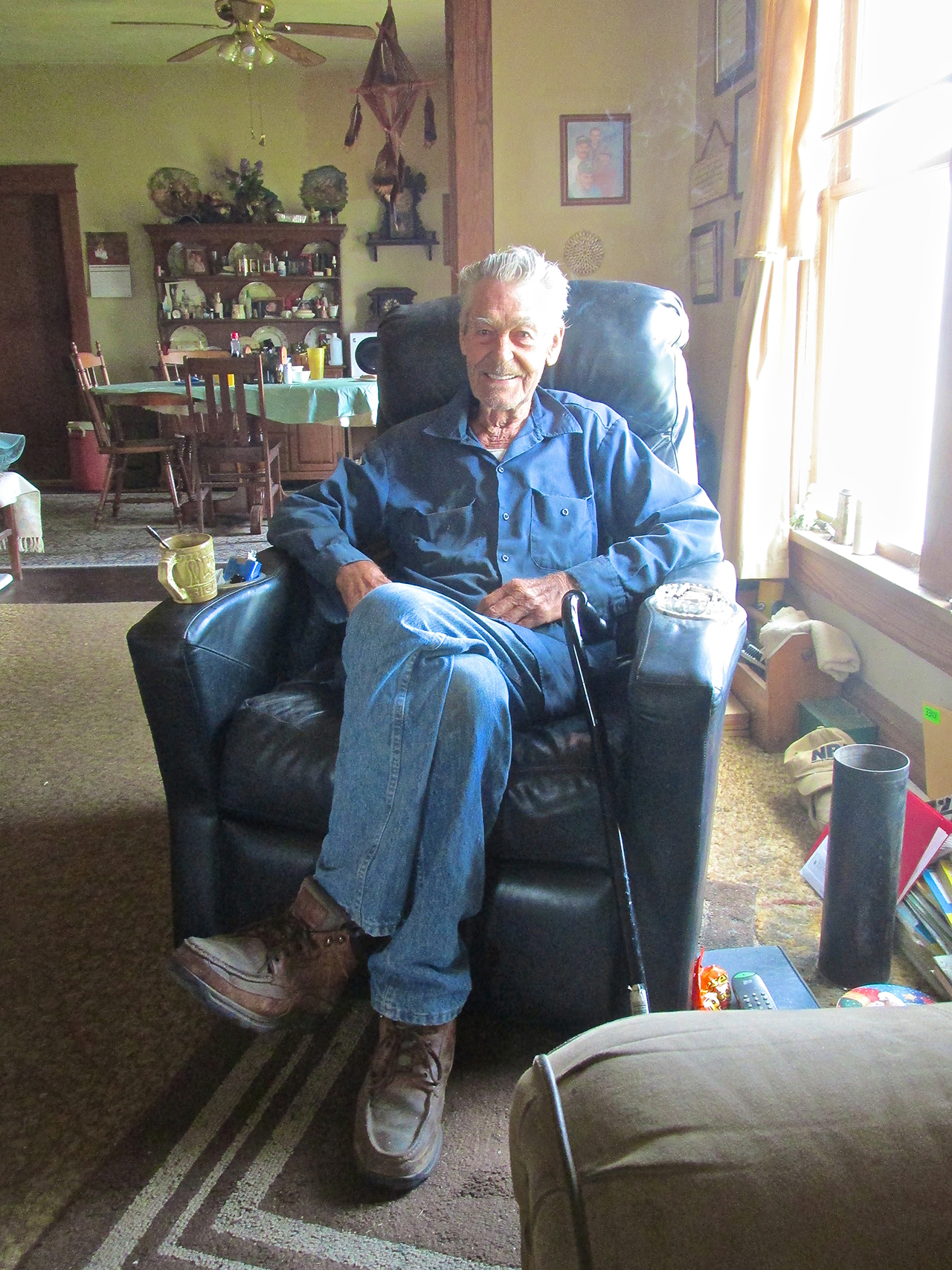
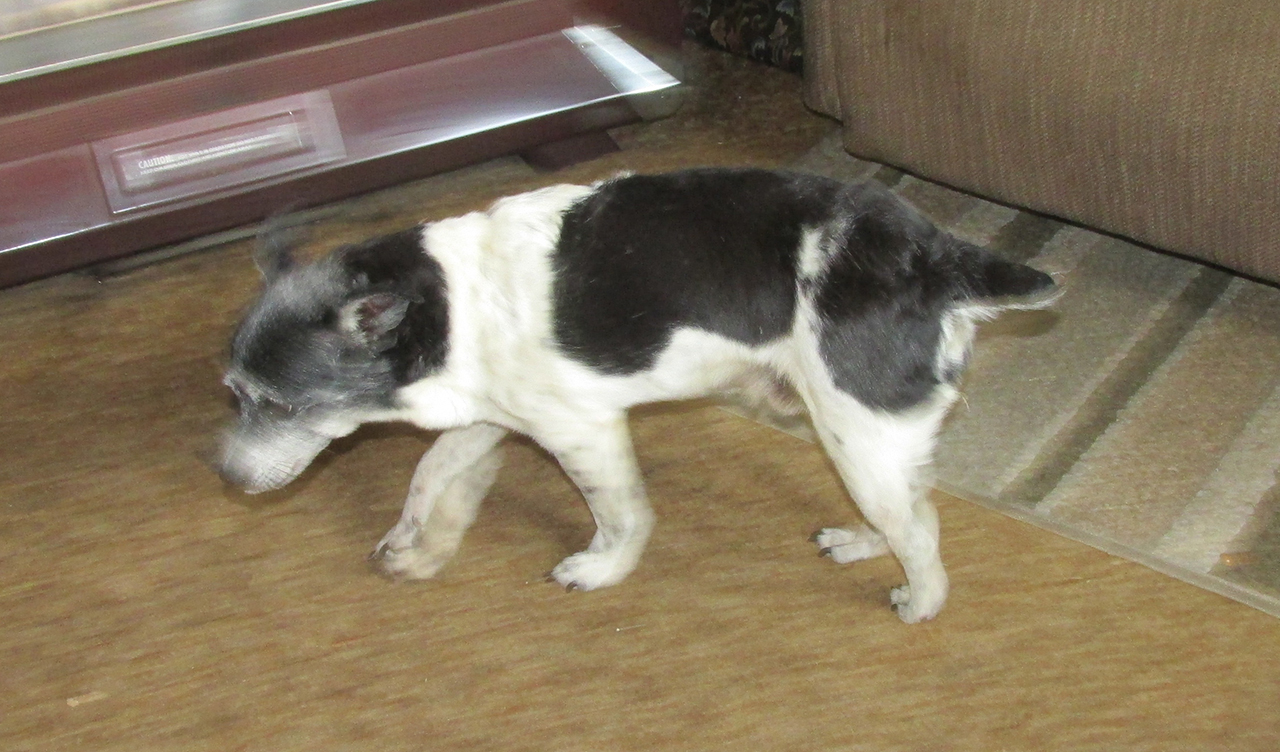
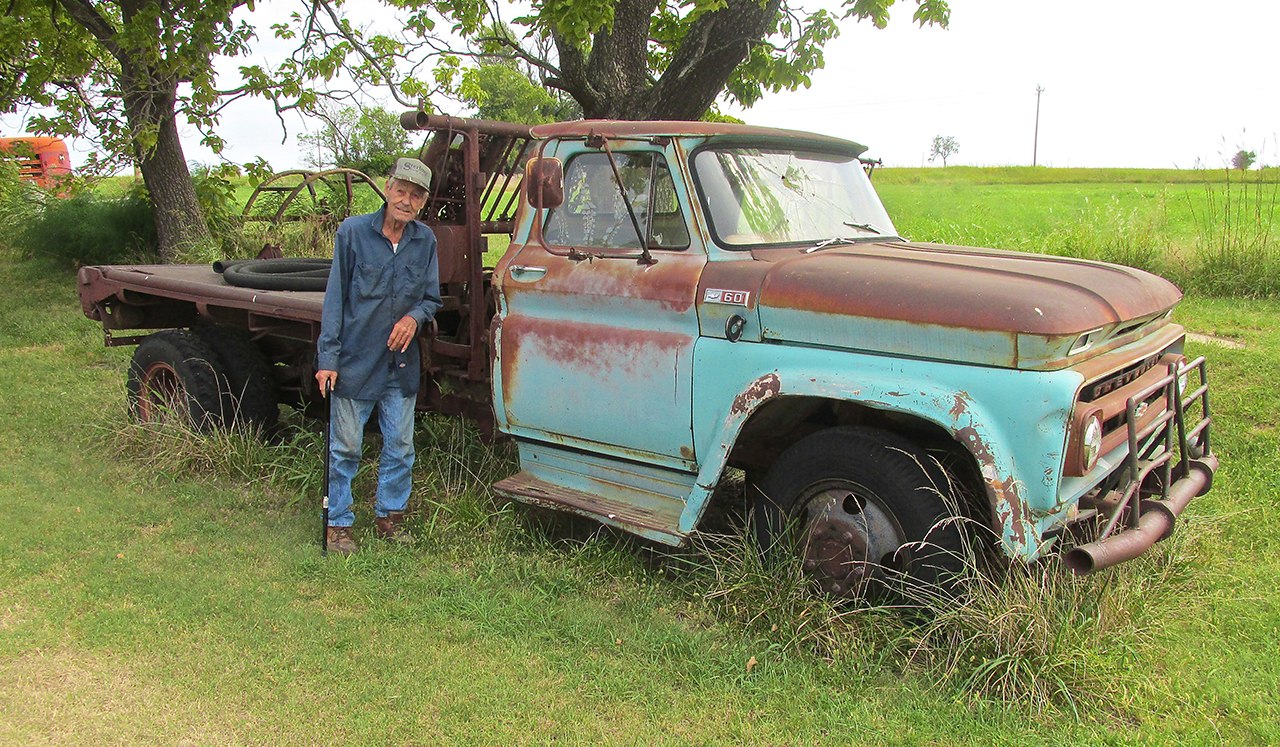
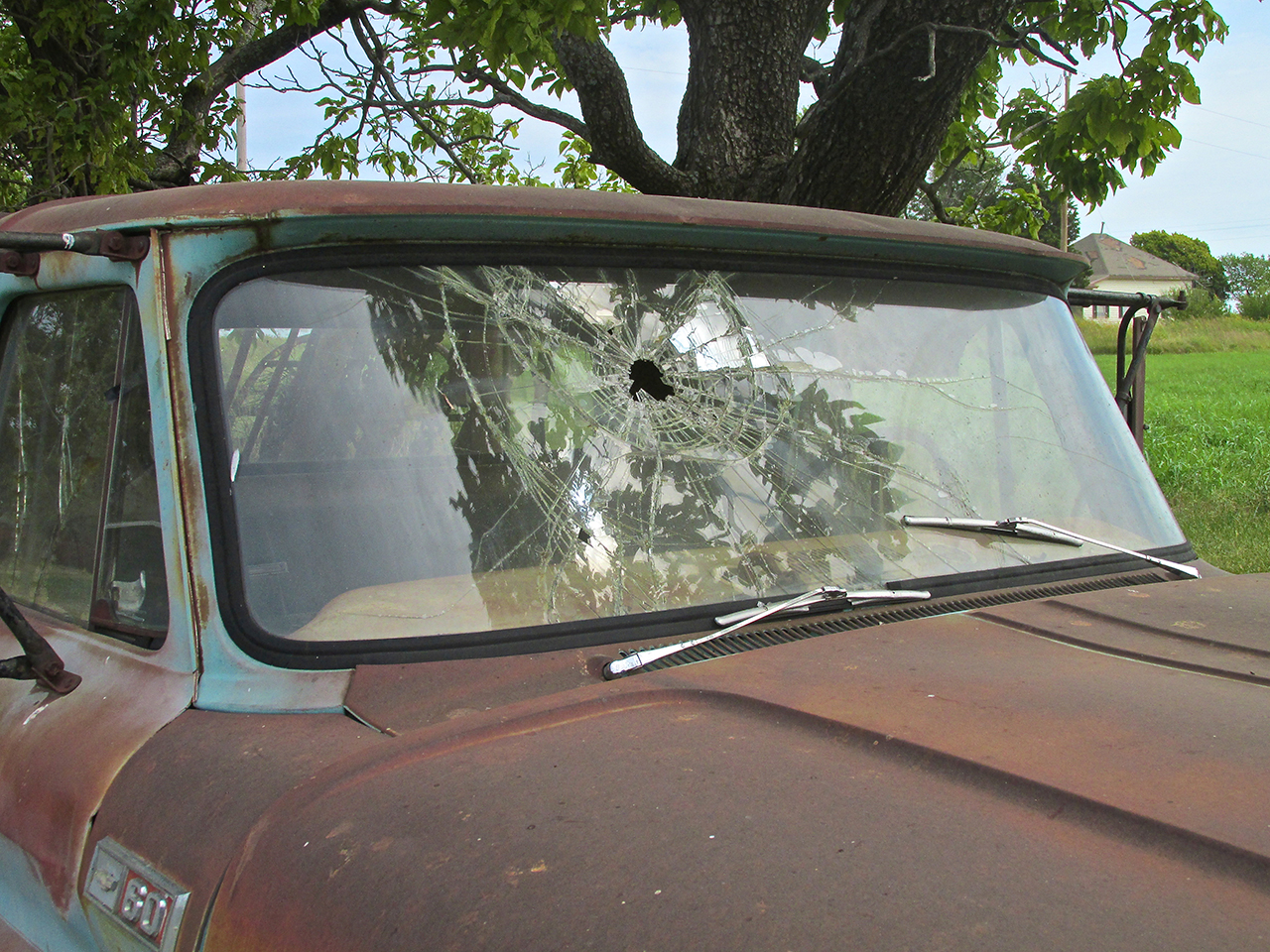

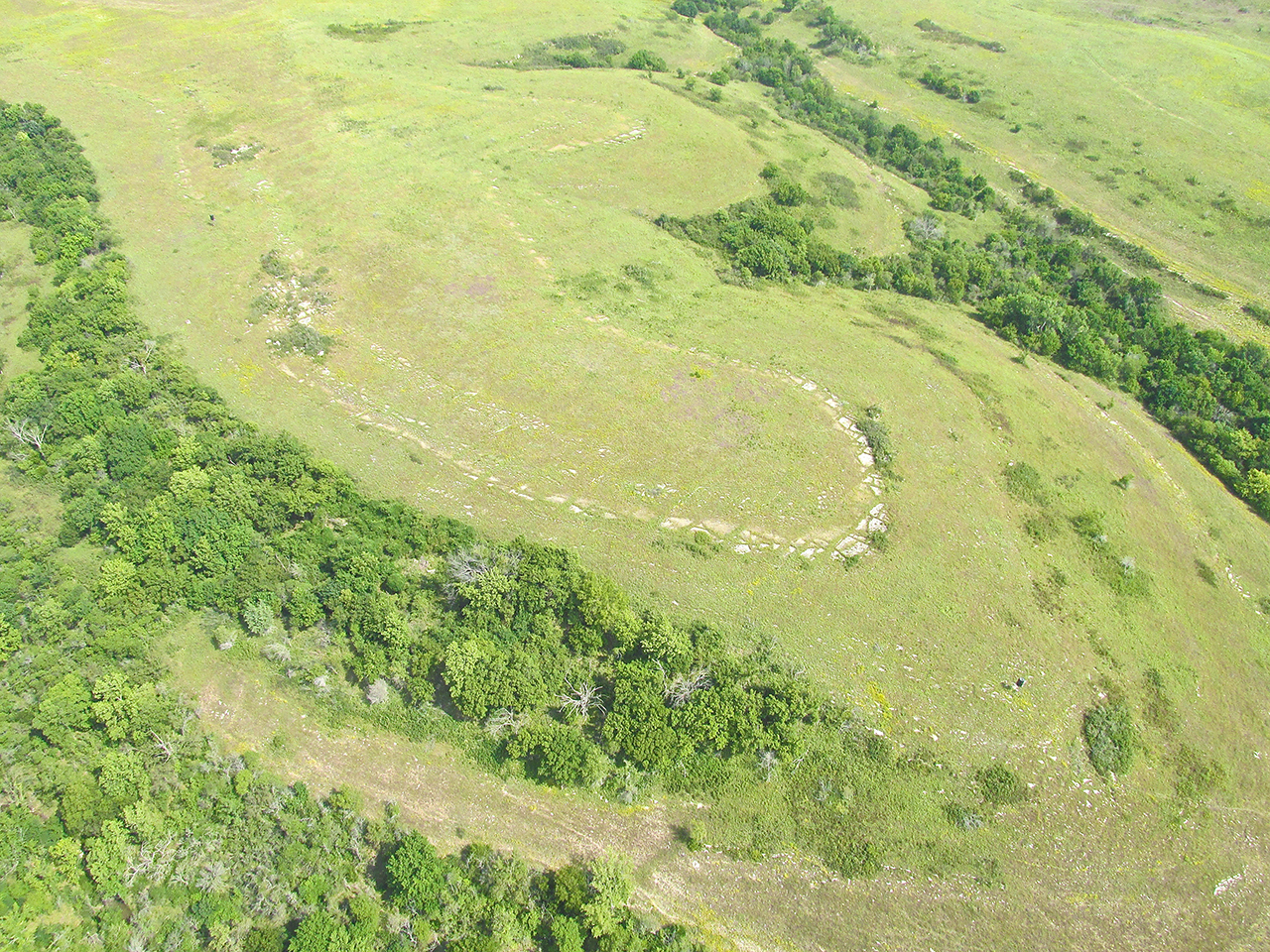


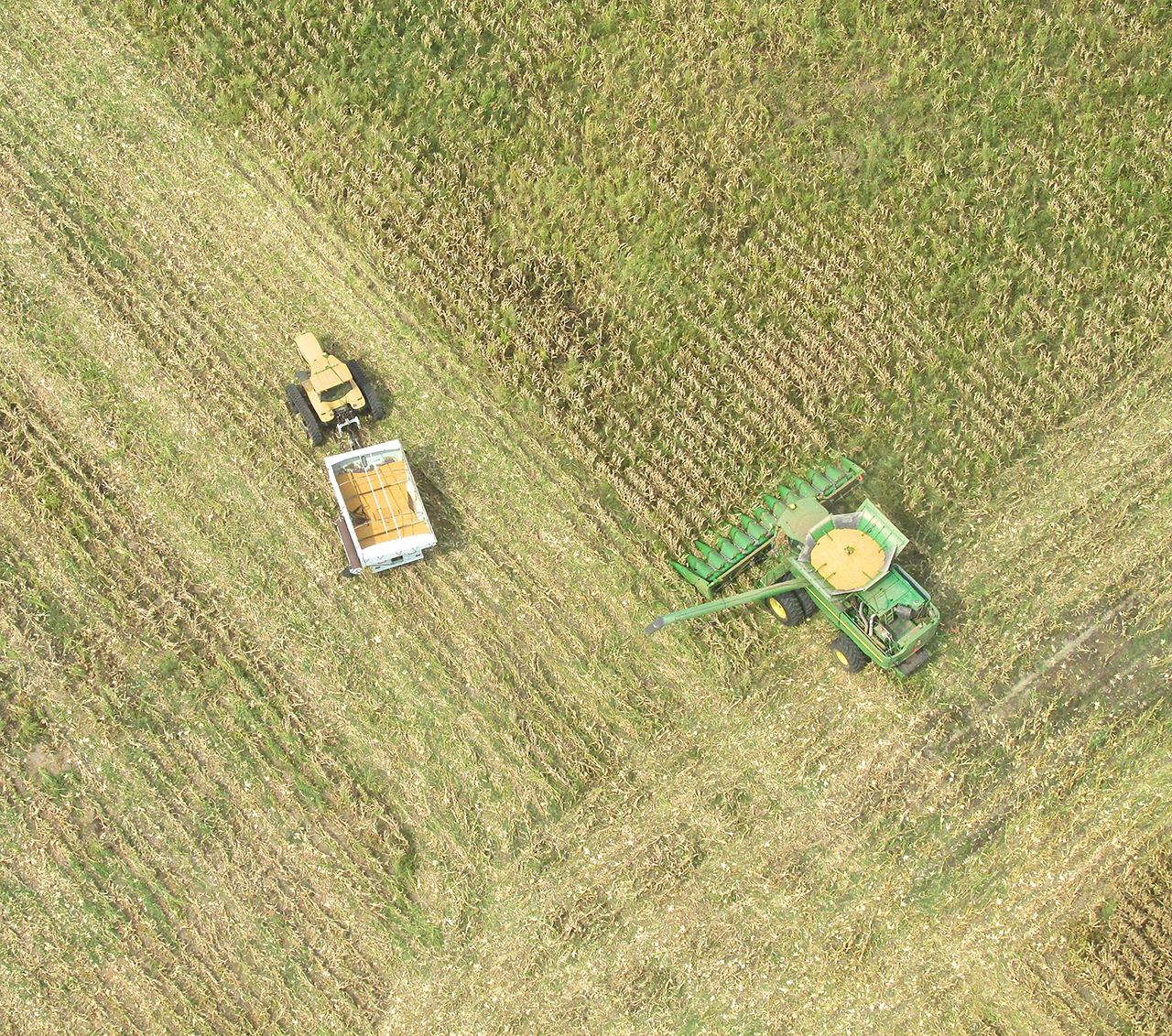

Brian, Great trip to Foraker. I took my Mother there about 35 years ago as she had been born there in 1912. 35 years has not changed Foraker much.
Thanks,
Gilbert Adams
Dear Gilbert,
I’m glad you liked it. It is a special place. I’m looking forward to visiting Grainola and many other small towns in the coming years.
Blue Skies & Tailwinds!™
Sincerely,
Brian FitzGerald
fitzvideo.com